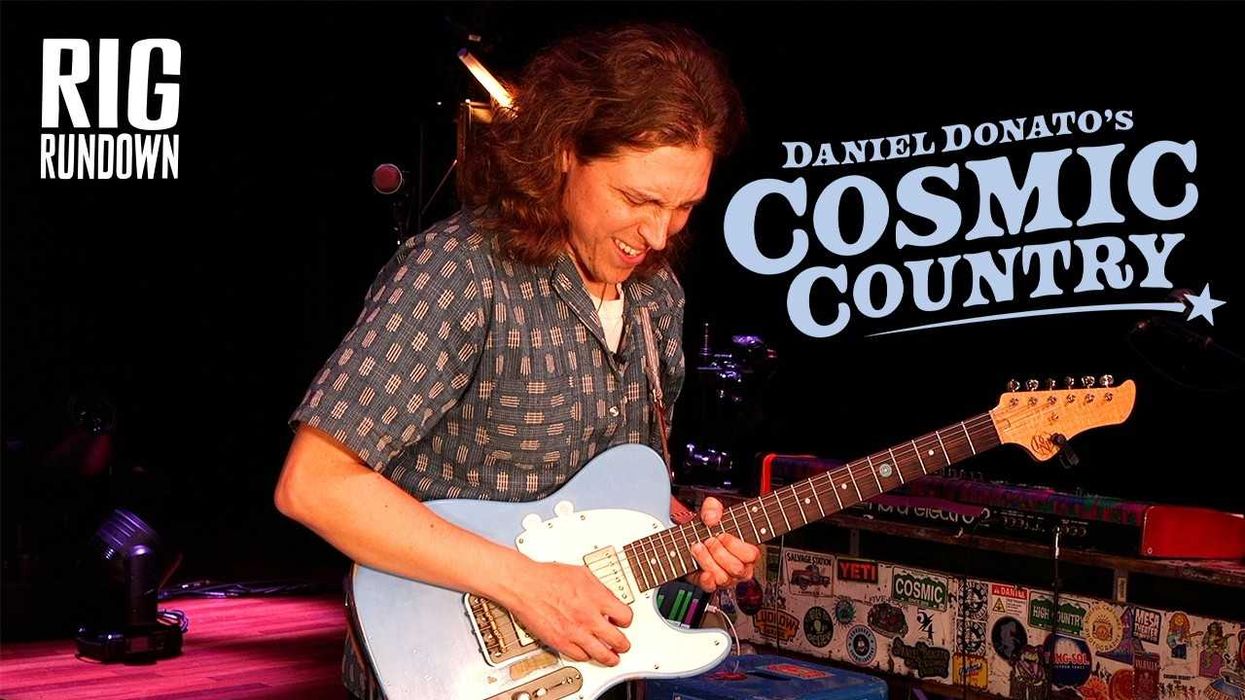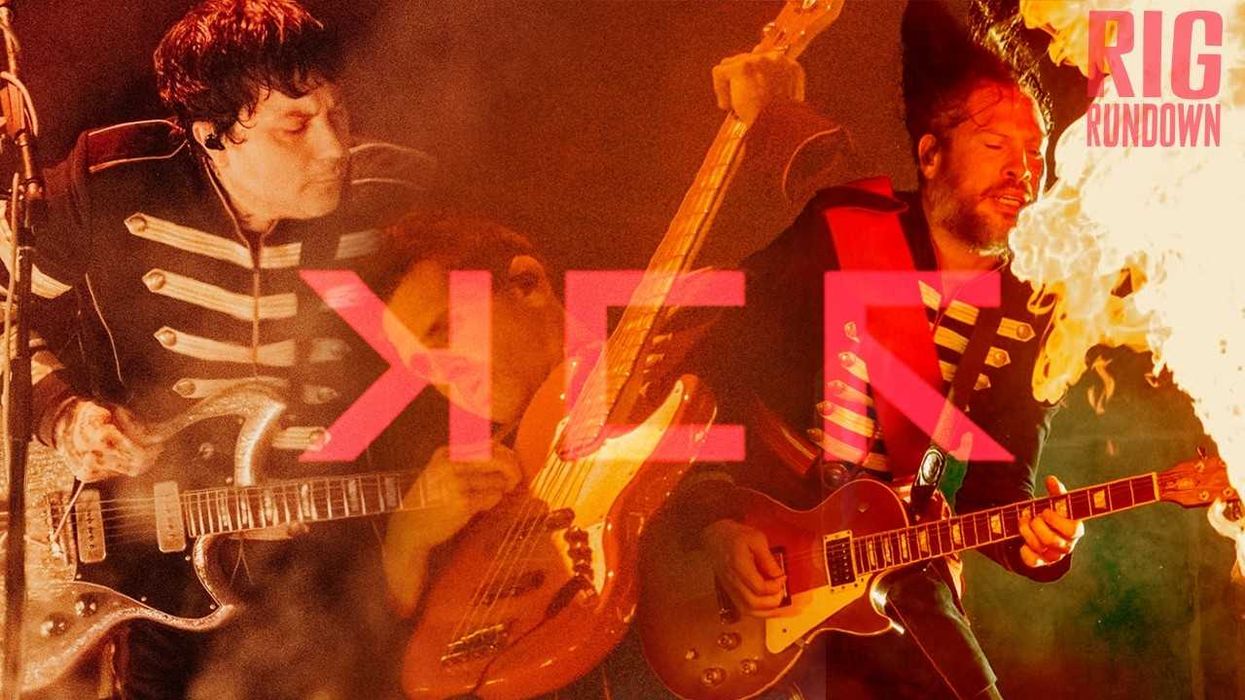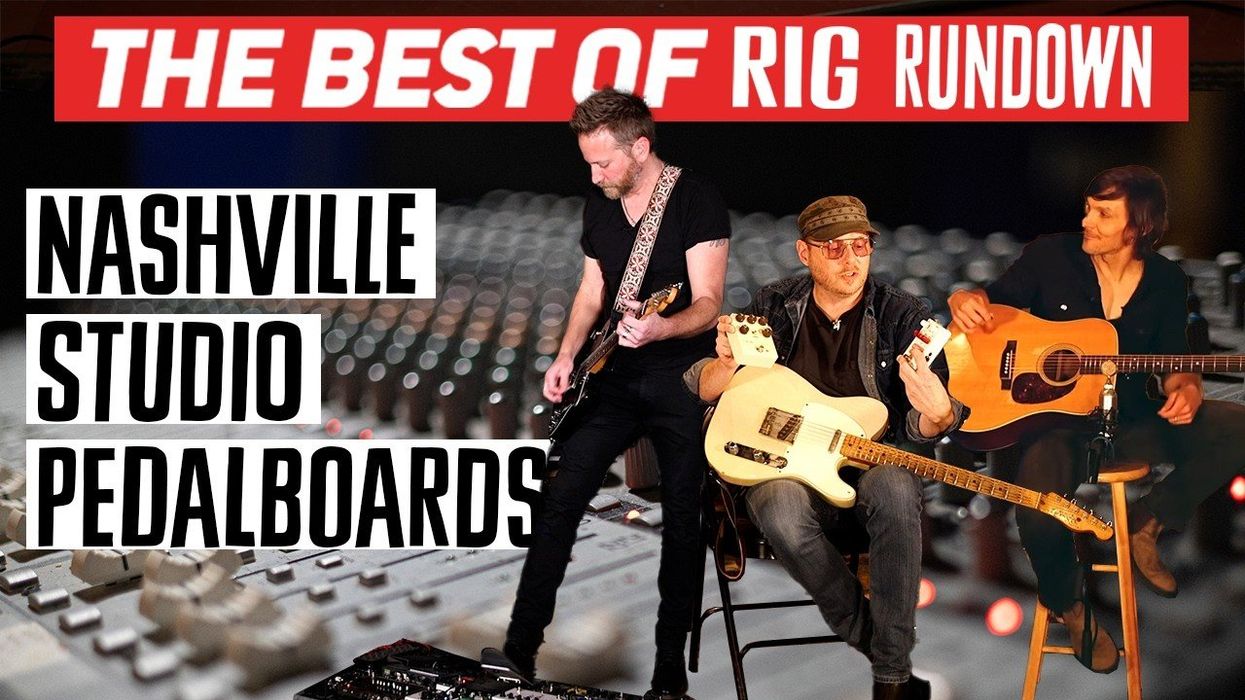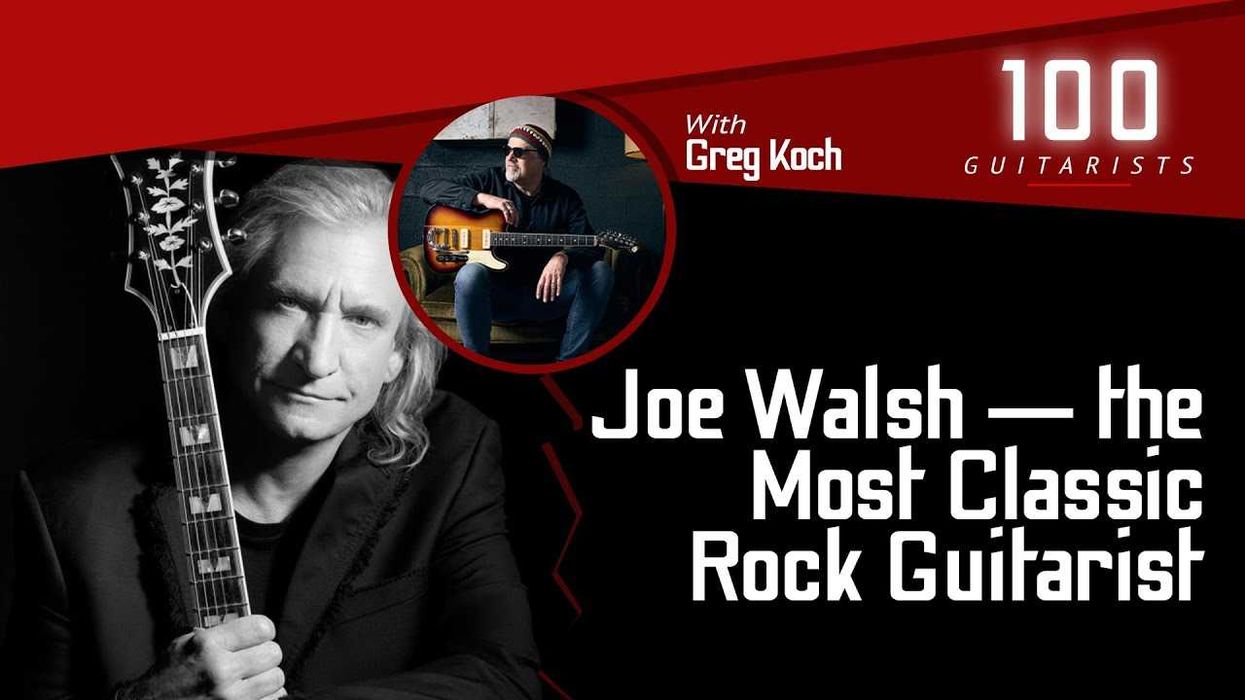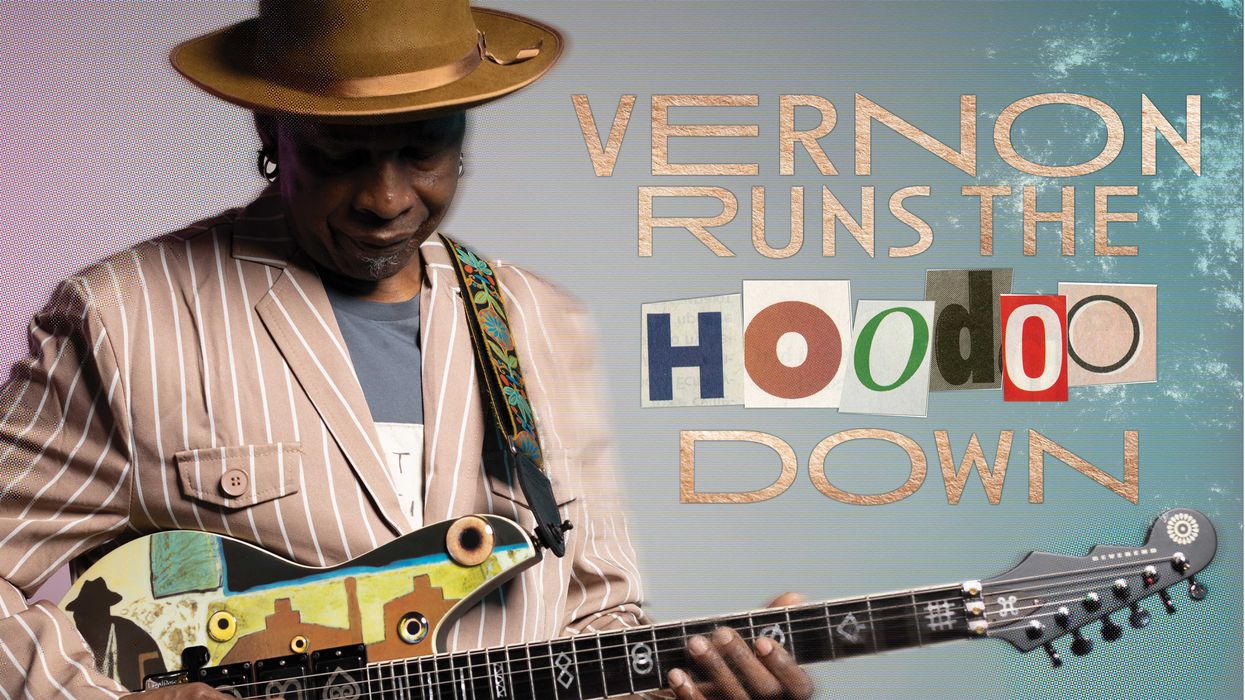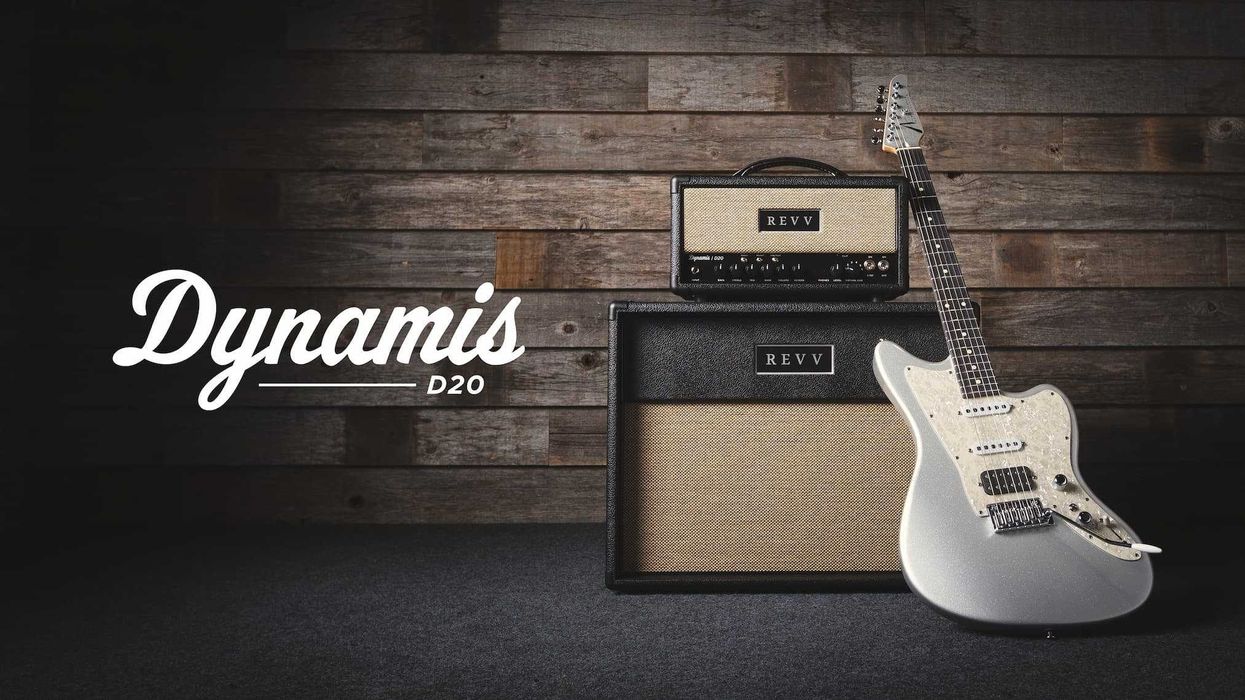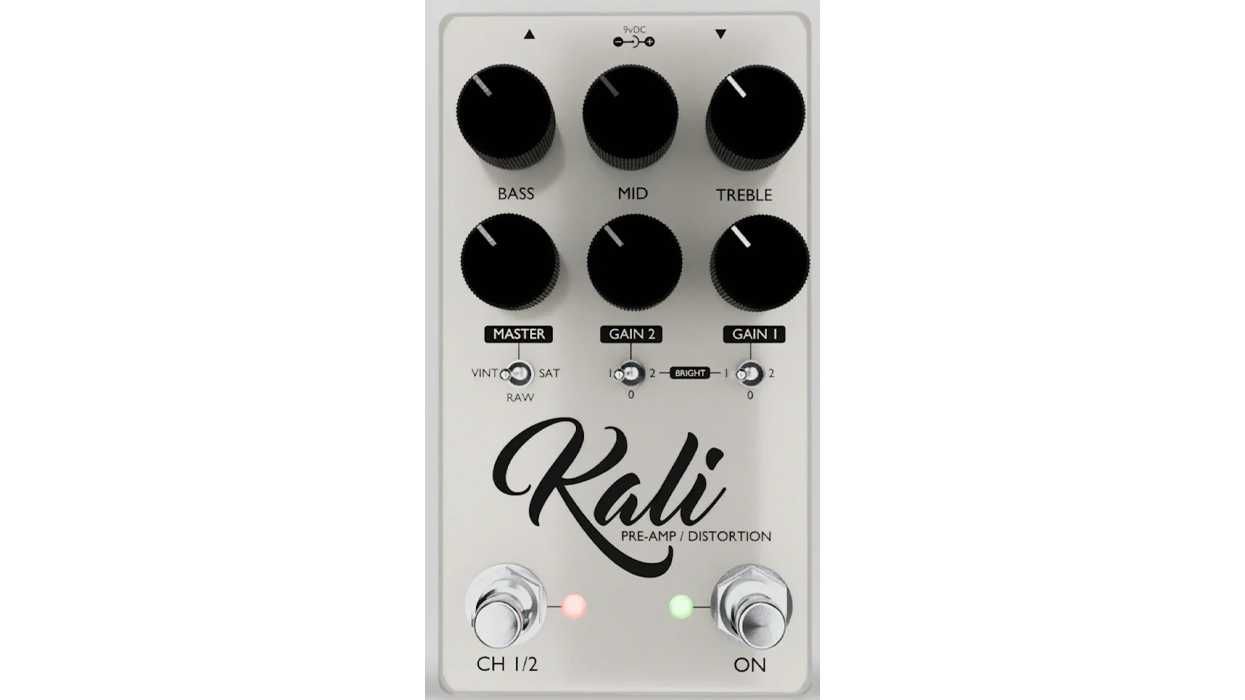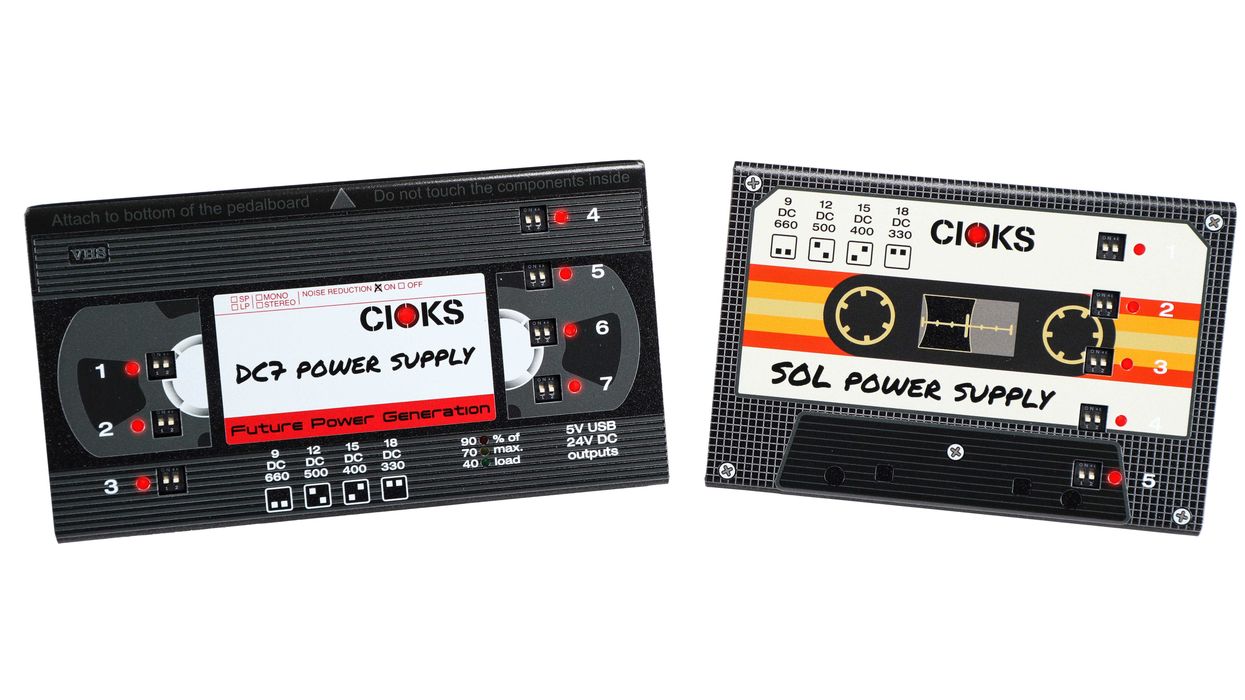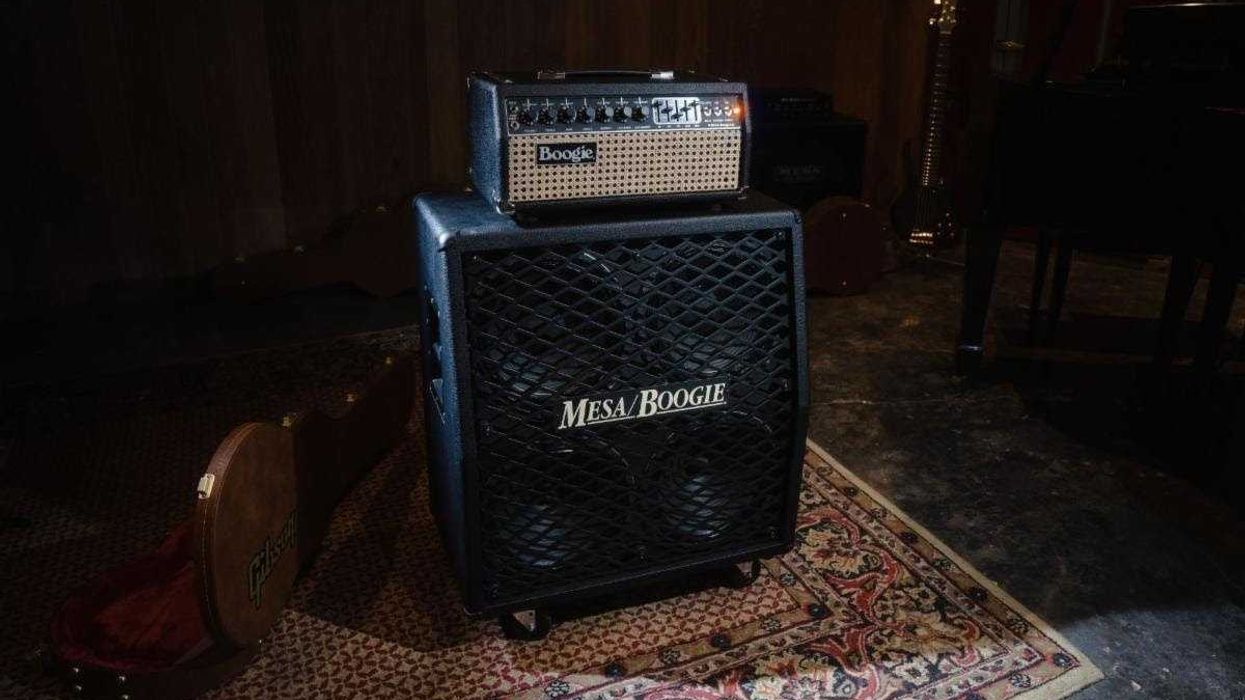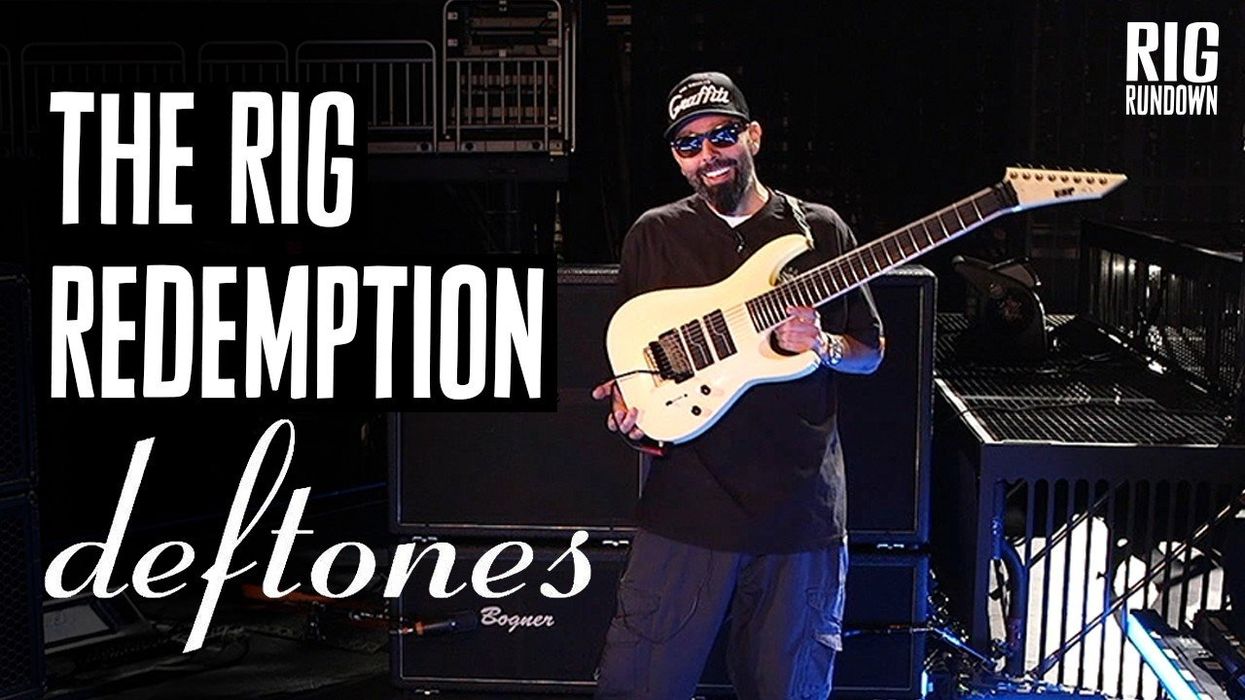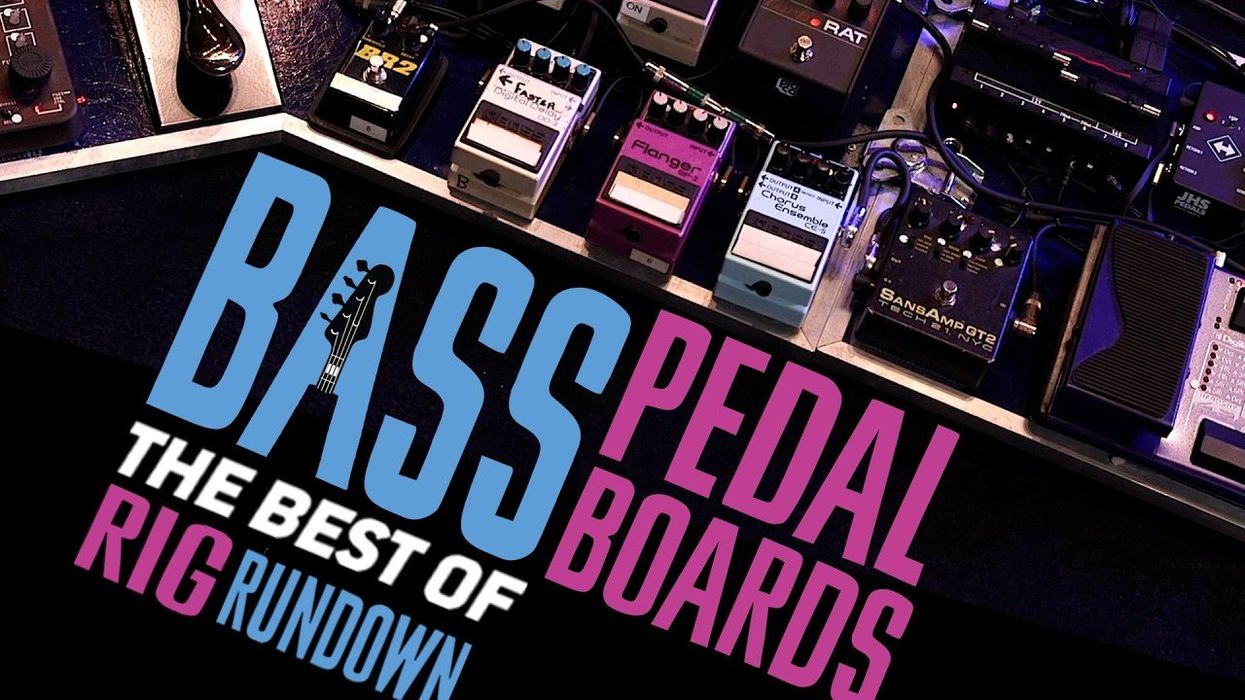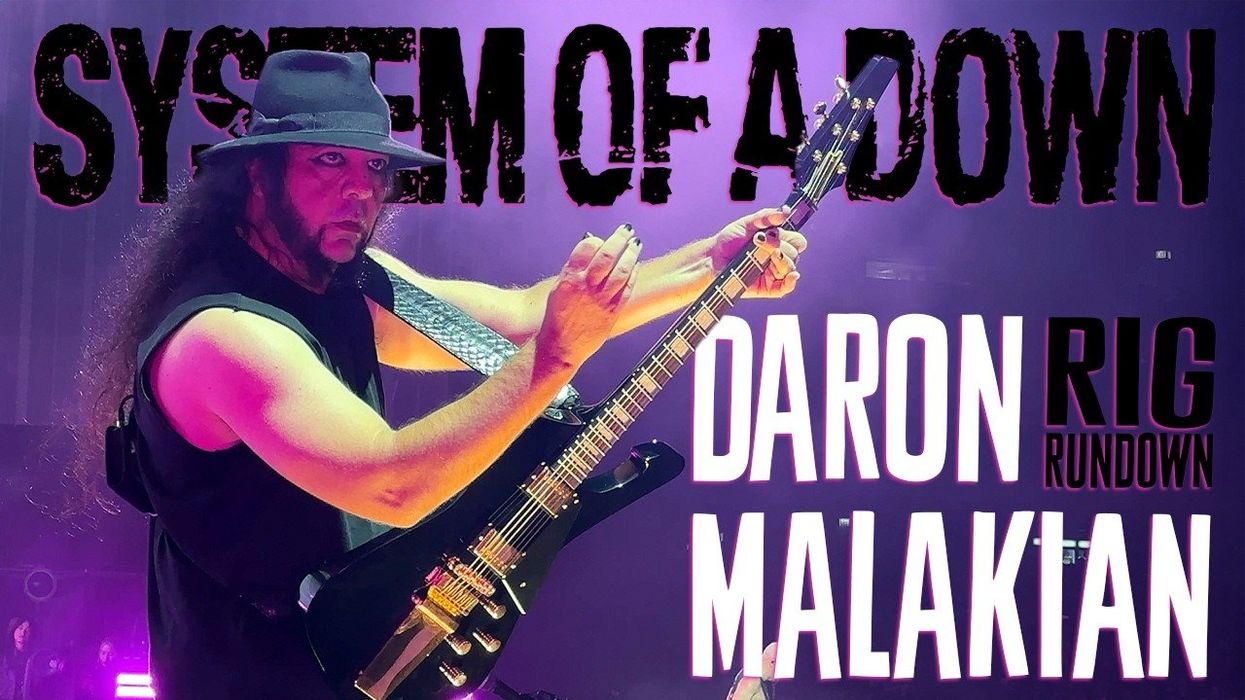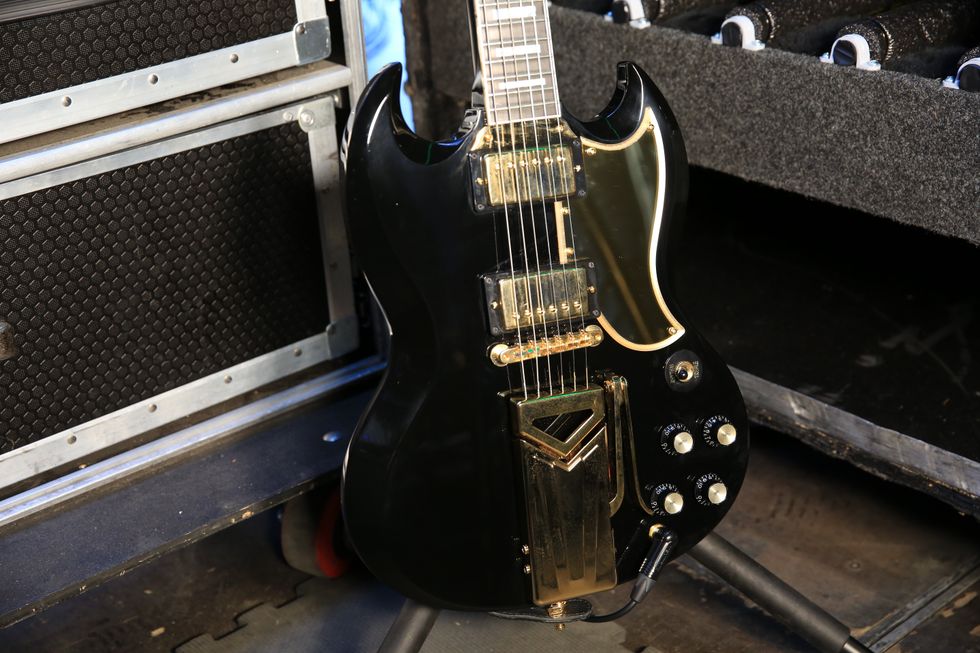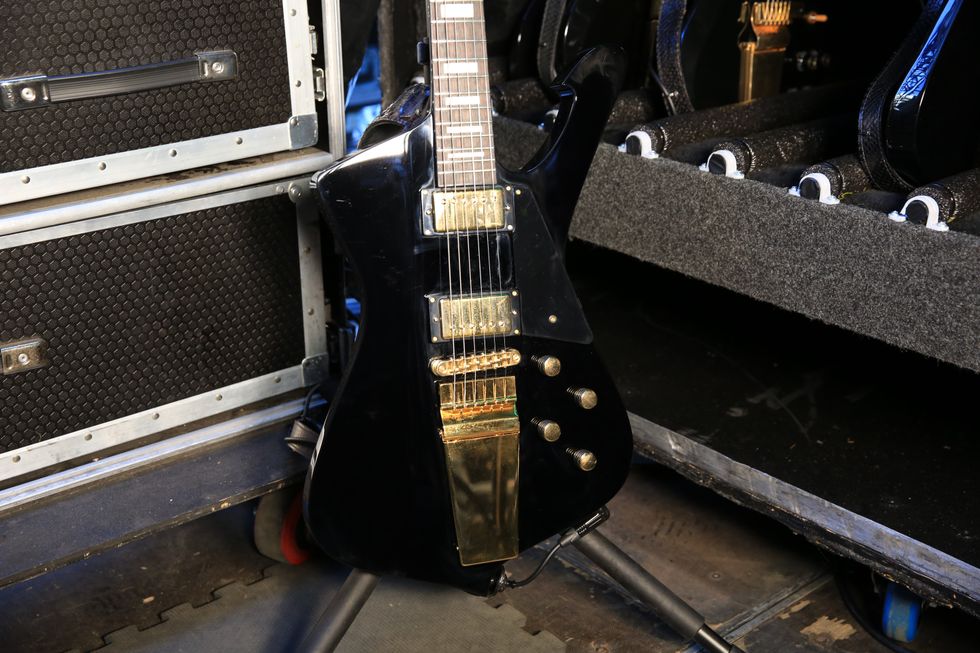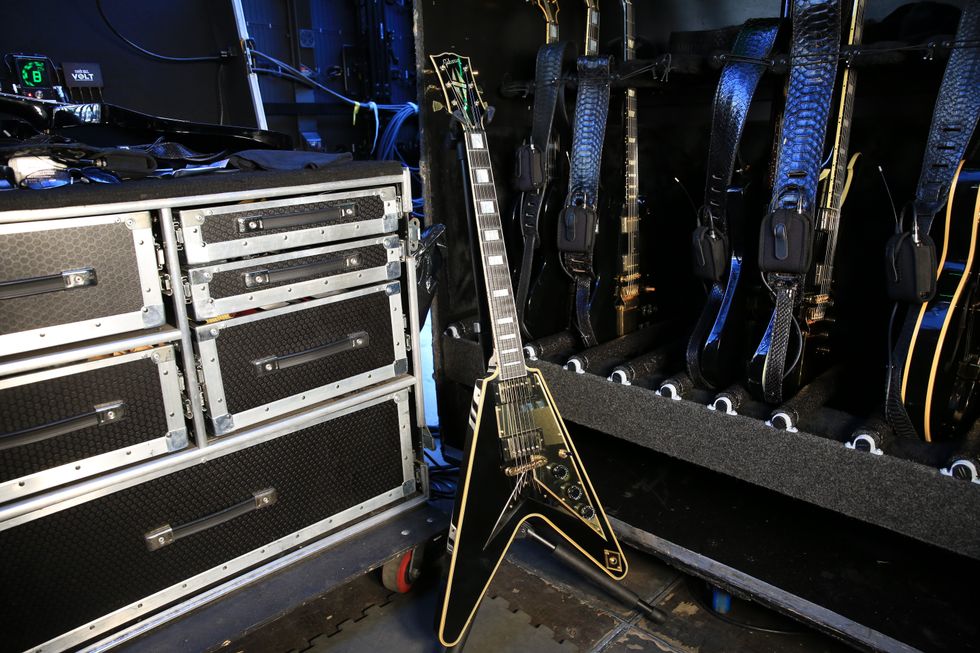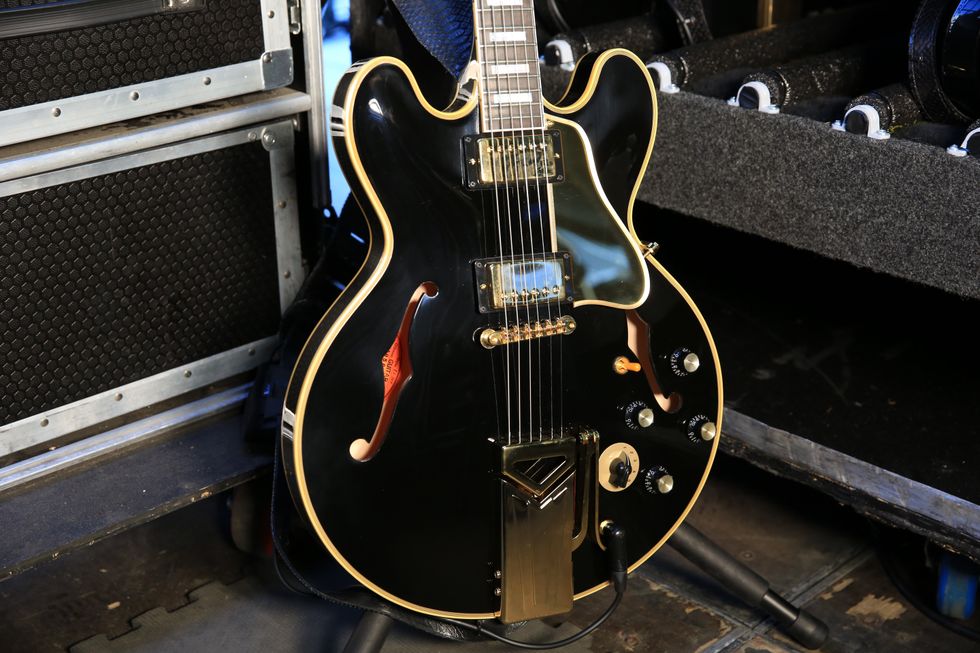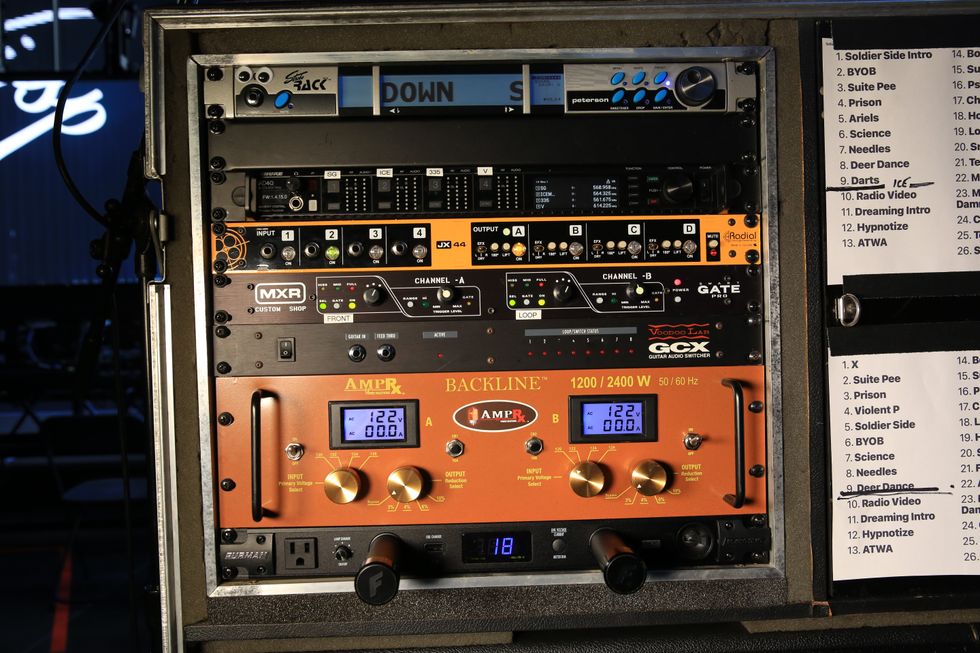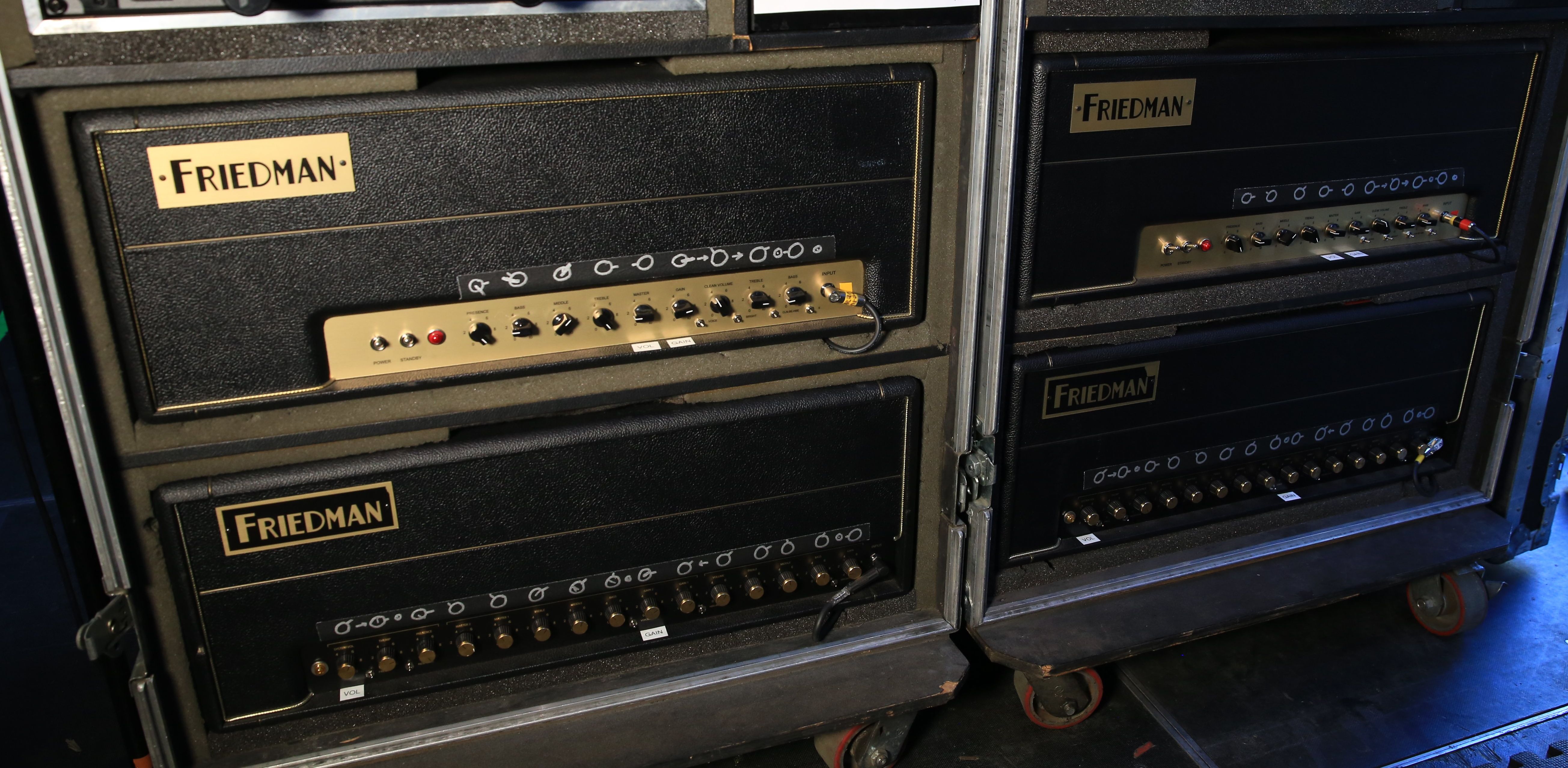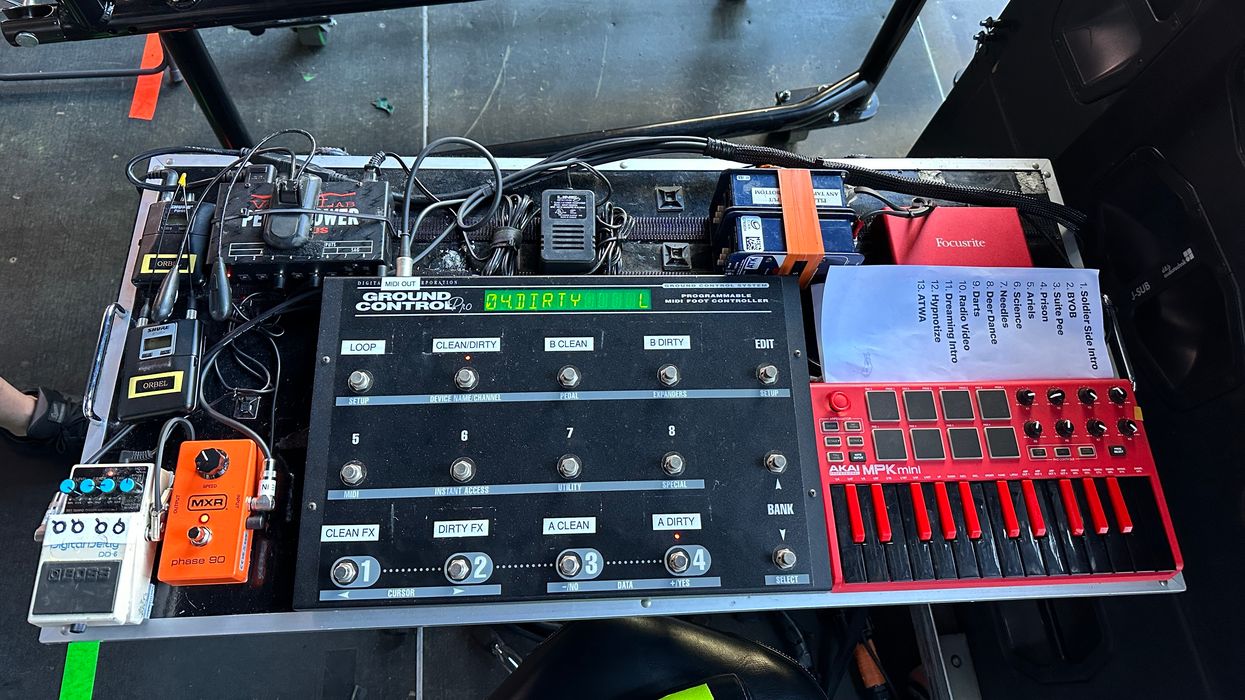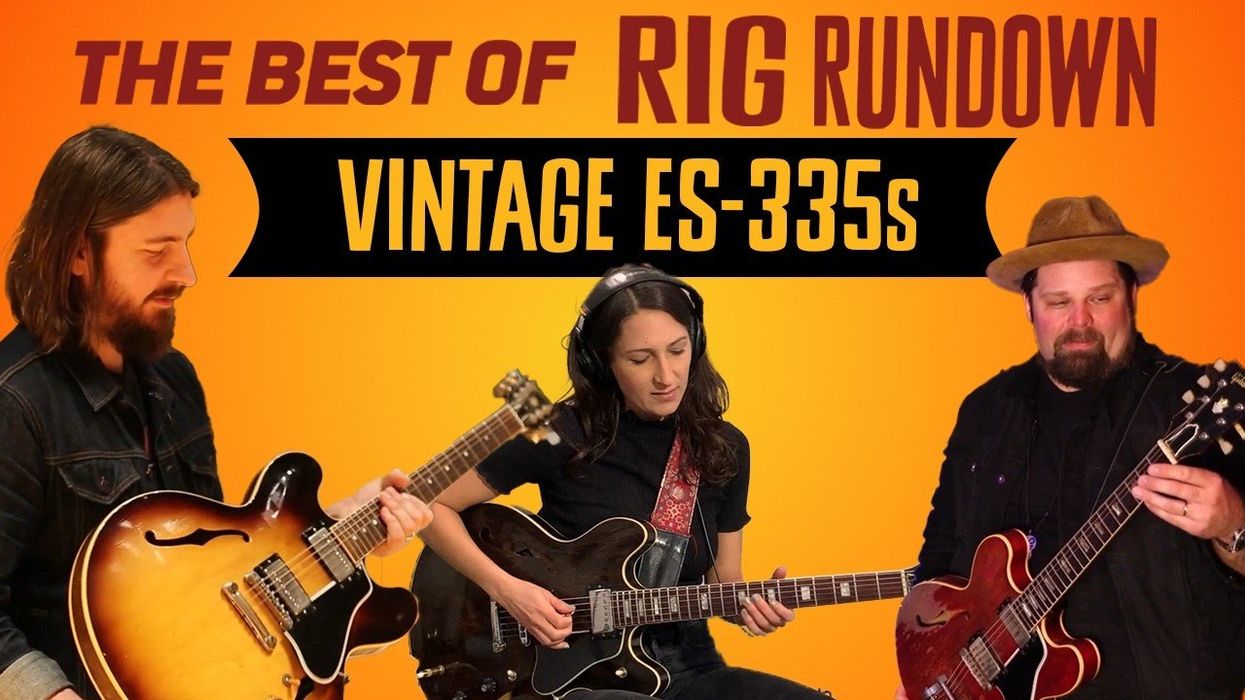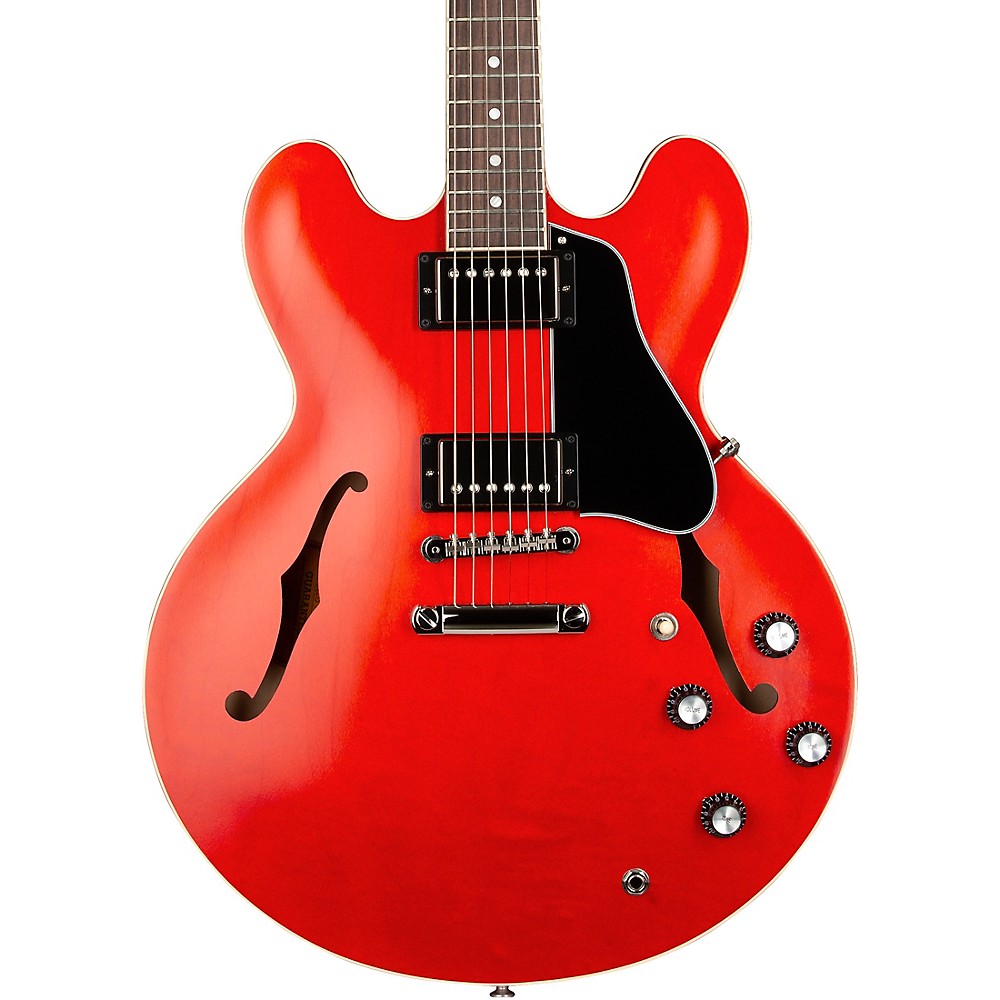With four Grammys, loads of gear, and millions of tour bus miles, Isbell is back for an updated Rig Rundown with his 400 Unit co-guitarist, Sadler Vaden.
Jason Isbell’s last Rundown was in 2019. The guitarist and songwriter, who we’ve called “Americana’s poet laureate,” is a huge gearhead though—and his collection is truly the stuff of dreams—so a lot can happen in a few years. Currently touring with his acclaimed 400 Unit band in support of the highly acclaimed Weathervanes album, he rolls with a stash of vintage Fenders and Gibsons that would make even the least gear-motivated among us blush. That’s not to mention his enviable traveling amp and effect closets. Isbell invited Perry Bean and the PG team to the Ryman for a look at his current touring rig and that of Sadler Vaden, the band’s ripping co-guitarist whose relatively more modest collection is still quite the enviable one!
Brought to you by D'Addario:
https://ddar.io/wykyk-rr
https://www.daddario.com/XPNDRR
The Finest of Fenders
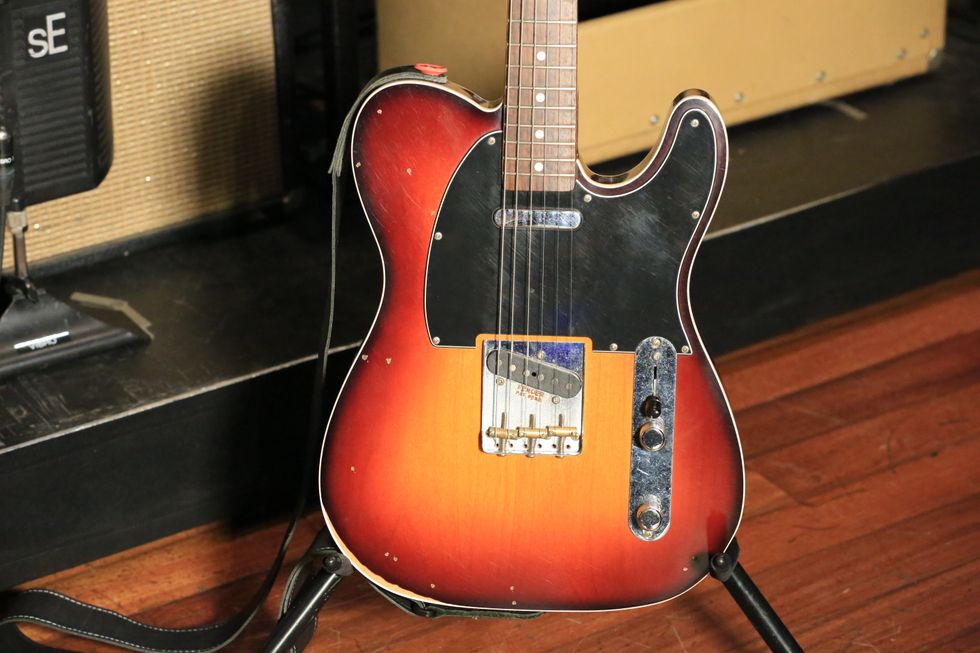
The guitarist’s own Jason Isbell Custom Telecaster features a sunburst finish and cream double-binding on its ’59-style Tele Custom body, a mid-’60s C-shaped maple neck, a 21-fret rosewood fingerboard, custom Jason Isbell Telecaster Pickups, and a modified bridge.
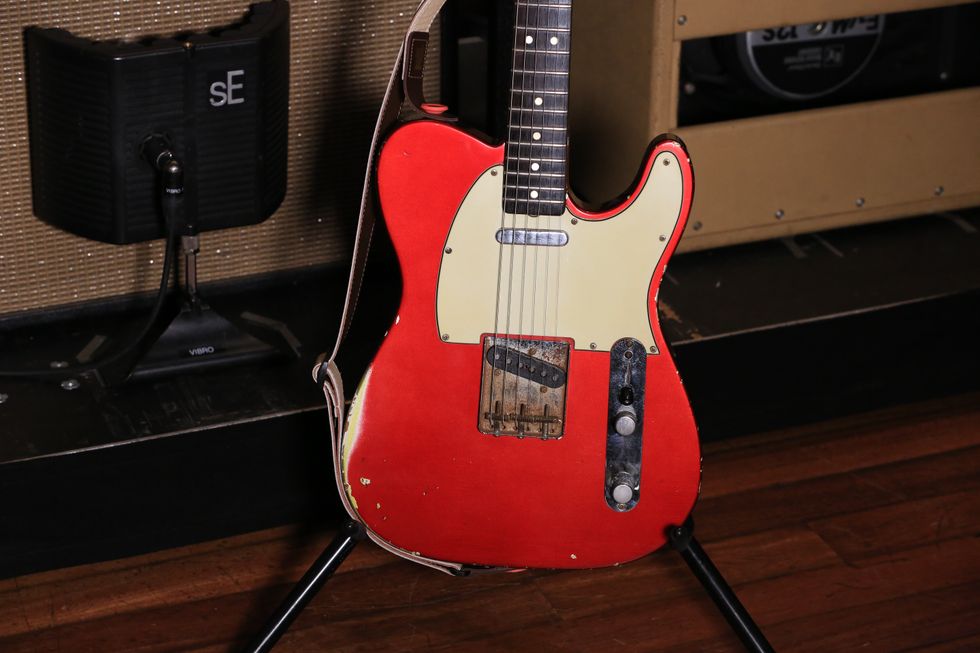
Way back in April 1965, this candy-apple-red Tele came out of the Fender factory, and its bridge pickup and neck profile were the inspiration/template for Isbell’s signature instrument.
All of the noble battle scars on this 1953 Fender Telecaster blackguard were put there by Isbell. Other than its new frets, this Tele is all stock, as is his 1954.
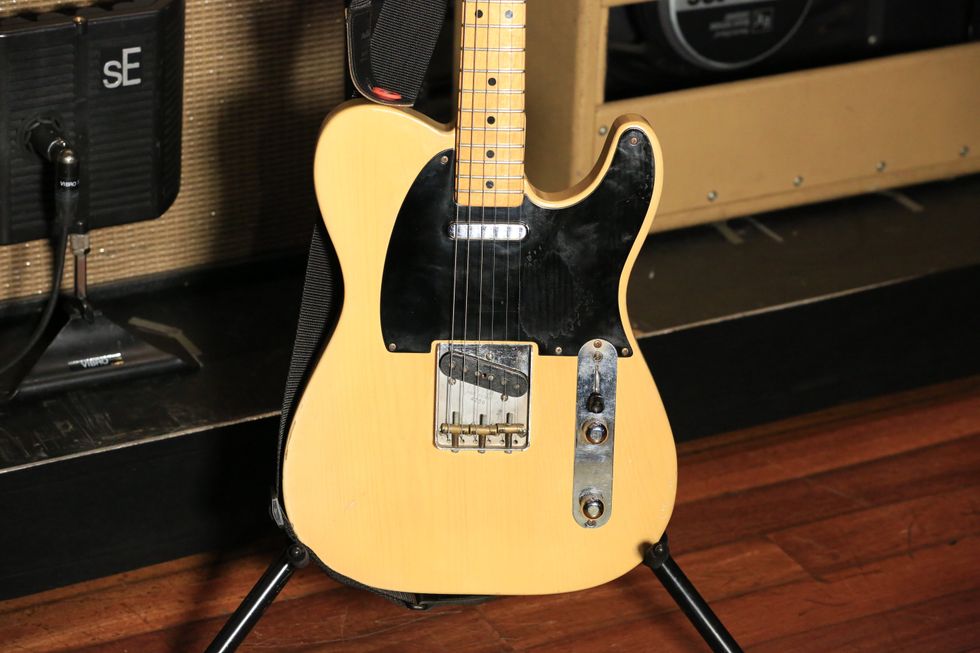
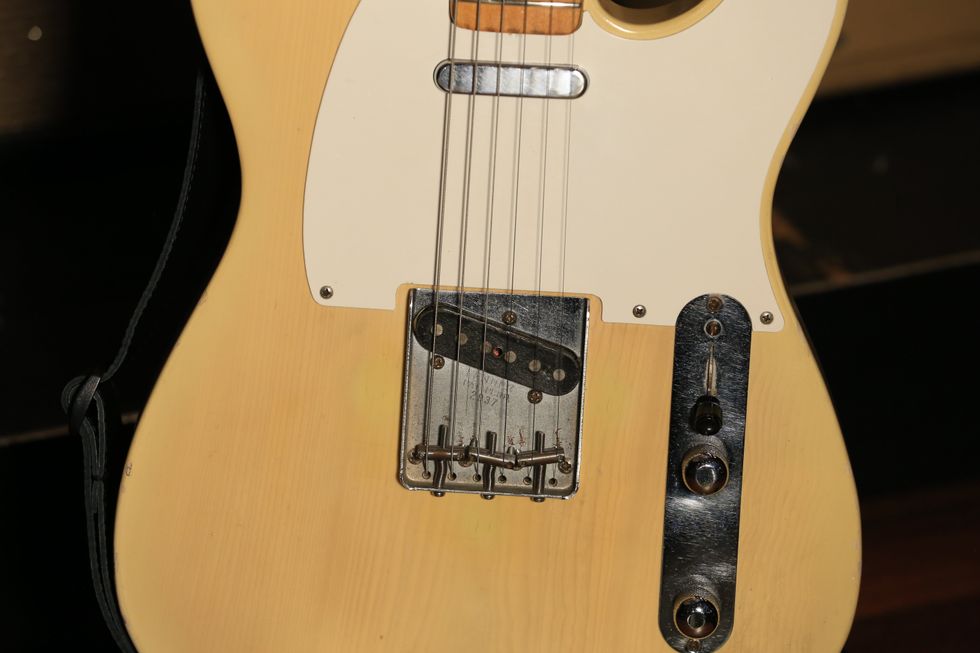
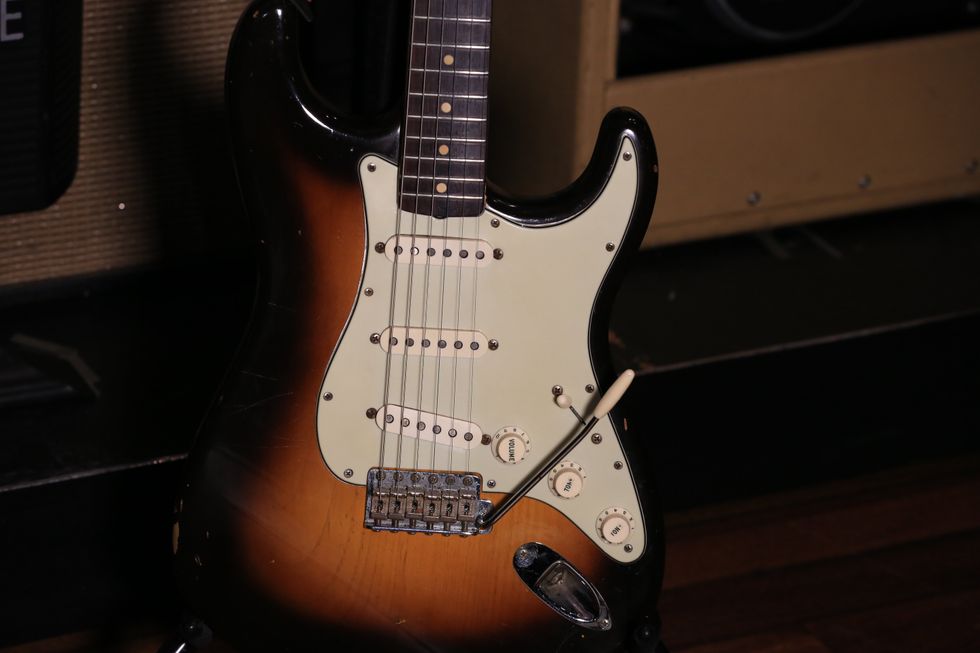
While it boasts many 1957 features, like a V-shaped neck and ’57-like finish, this sunburst Strat is a ’58. Isbell has updated it with a 5-way switch.
The Greatest of Gibsons
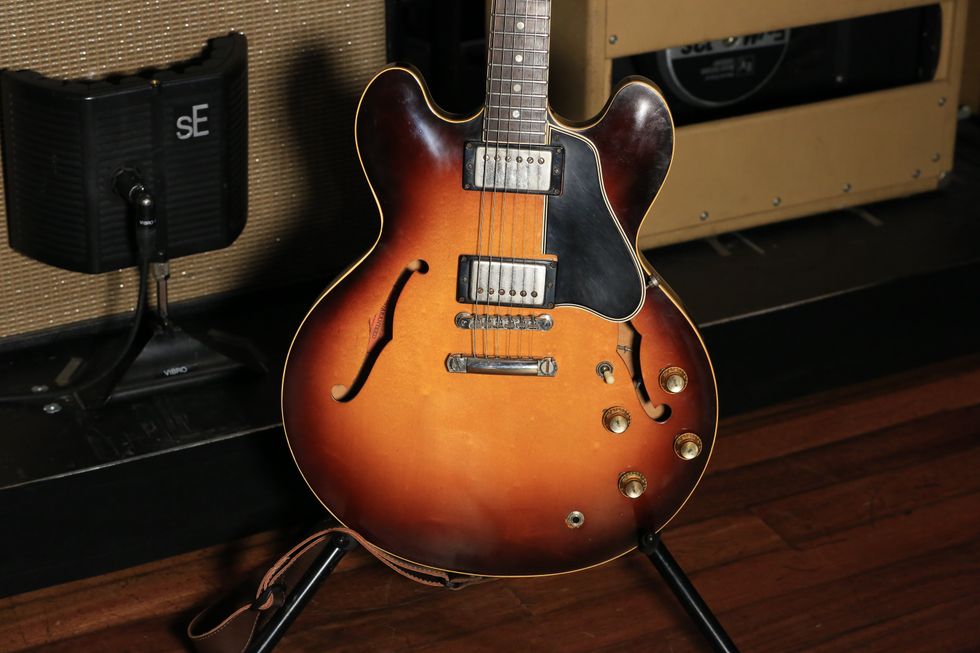
This 1961 Gibson ES-335 is the first really old, really awesome guitar that Isbell obtained. It’s mostly original with a few key upgrades: Isbell had famed Nashville luthier Joe Glaser give the guitar a refret and install a TonePros tailpiece along with new tuners since, after years of use, the originals started to look like “a dead man’s toe.”
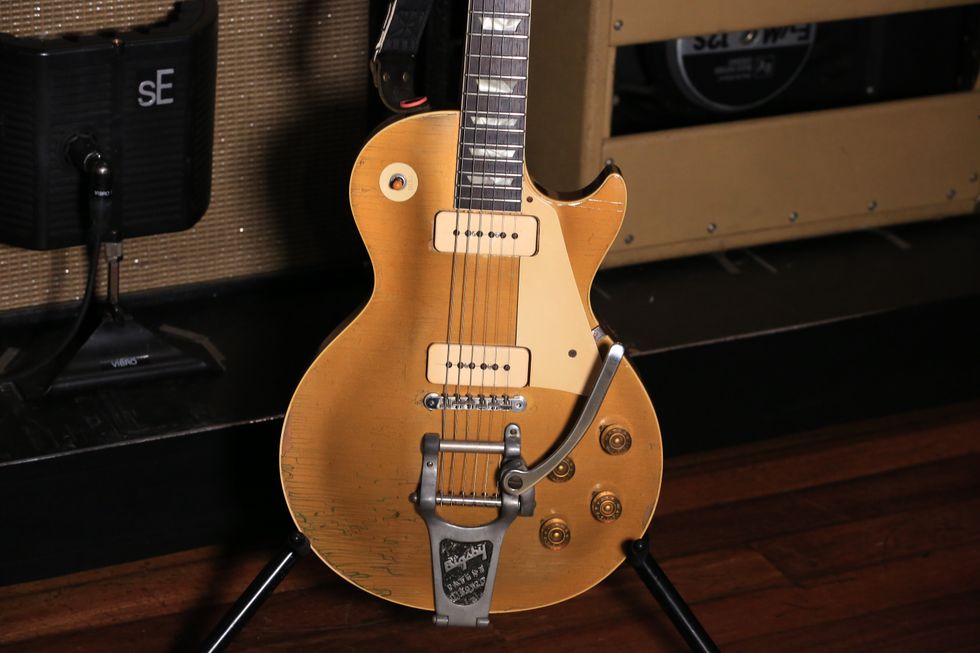
Old Gold? The Bigsby and tailpiece on Isbell’s 1953 goldtop Les Paul were installed by longtime Neil Young tech Larry Cragg, which makes it kin with Neil’s Old Black.
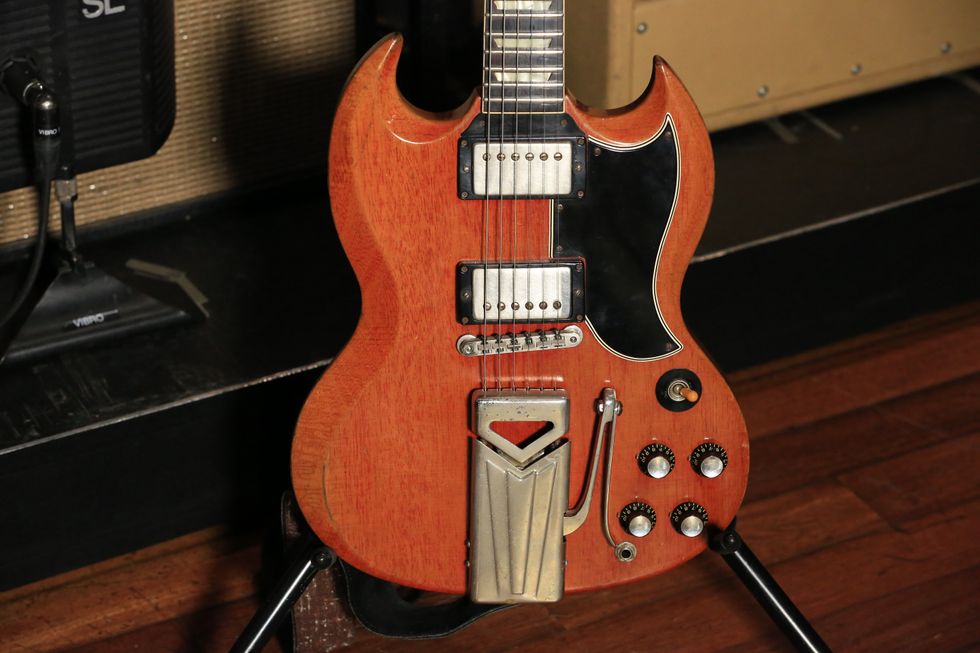
This 1961 SG has lived a long life playing and managed to avoid any neck breaks. It features the original PAFs.
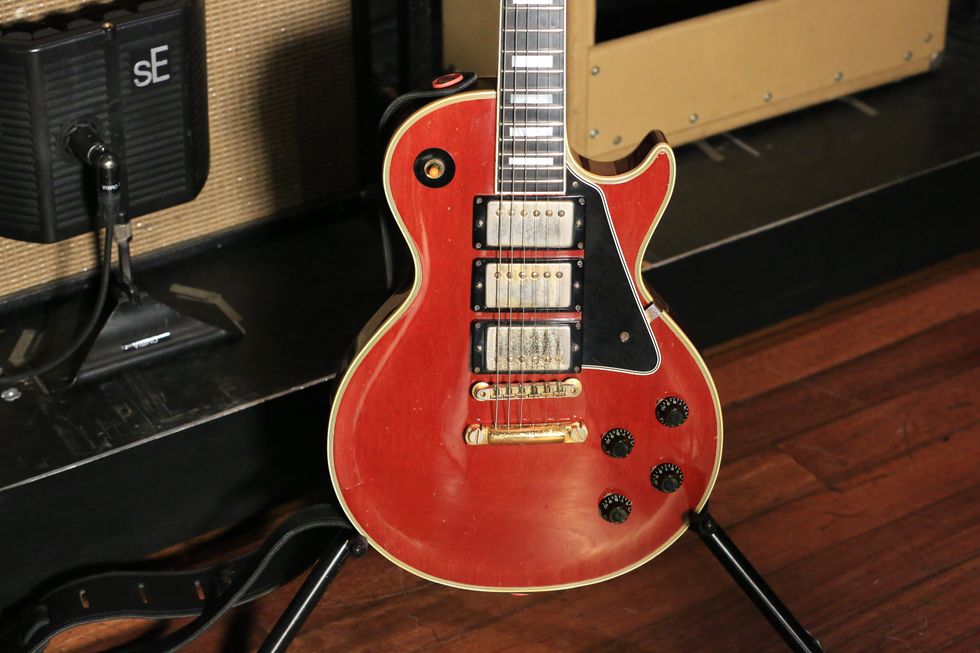
This rockin’ 1960 Les Paul Custom features at trio of original PAFs, an all mahogany body, and a “Red Beauty” custom finish. It’s been refretted with bigger frets. All of Jason’s electrics take Ernie Ball Slinky .010–.046s. He hammers away with Dunlop Tortex 1.14 mm picks and gets slippery with Dunlop 218 slides.
And a Pair of Martins
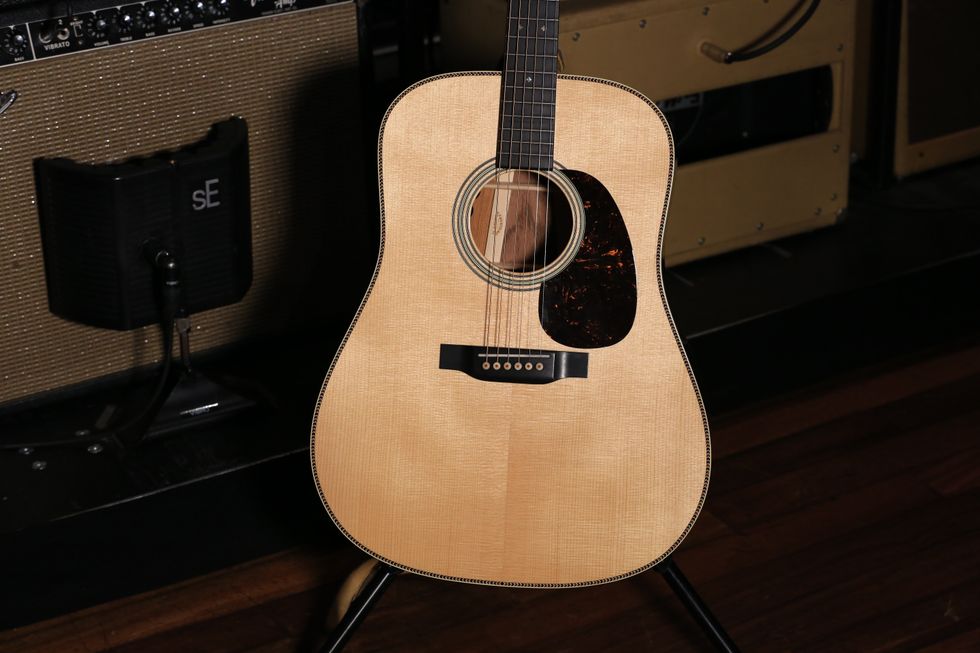
Isbell tours with two new Martin Modern Deluxe dreads. One is tuned down to Eb, the other in standard. Both acoustics stay strung with Martin Lifespan 2.0 medium (.013–.056) strings.
Amp Army
Isbell runs five amps, and his Dumble Overdrive Special—#22—is dead center. The head feeds a Dumble cab loaded with a 200-watt EV12S speaker.
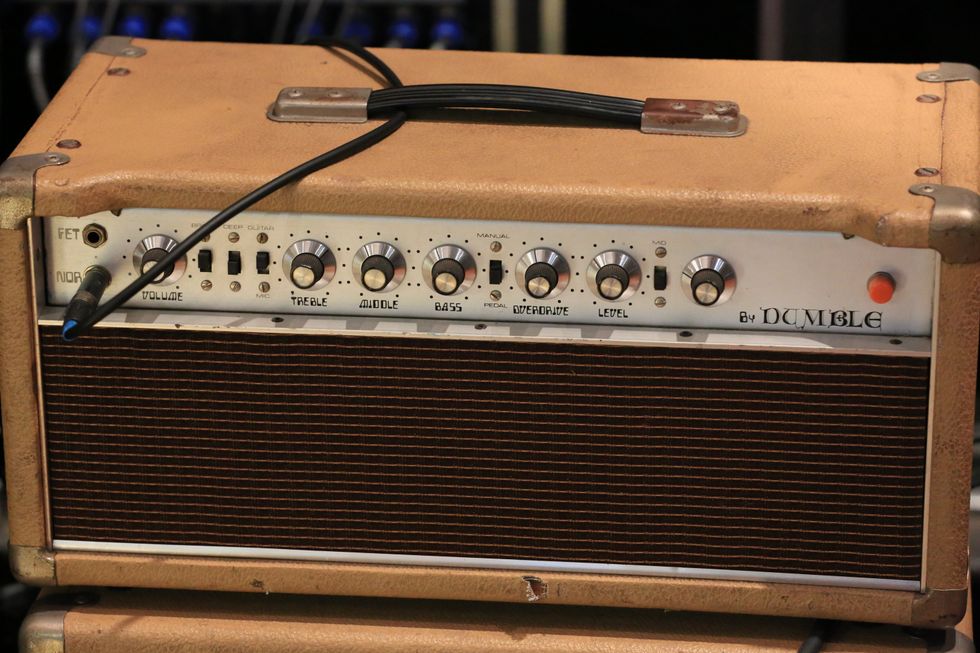
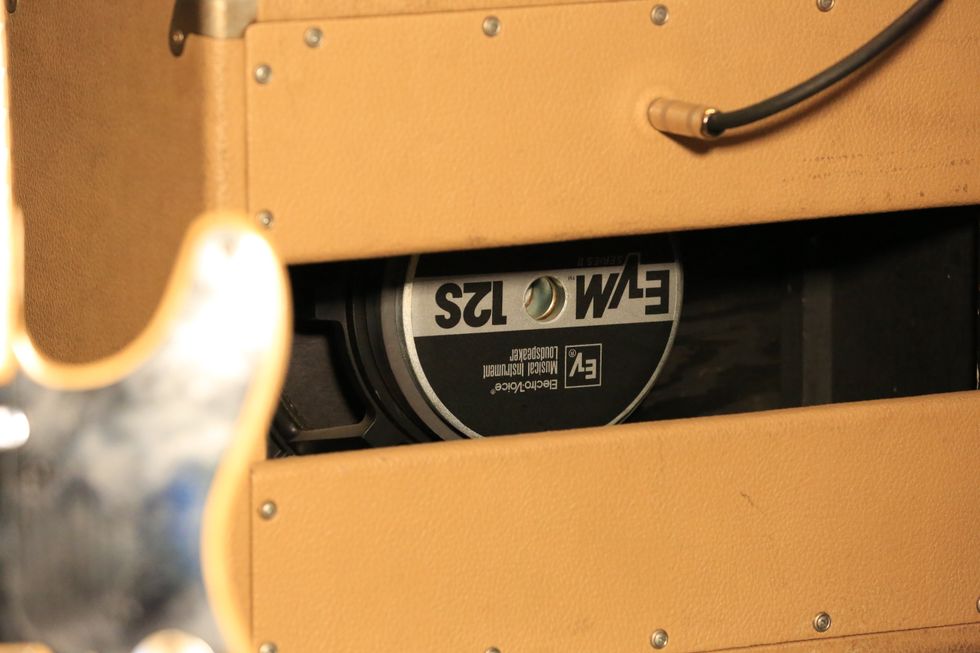
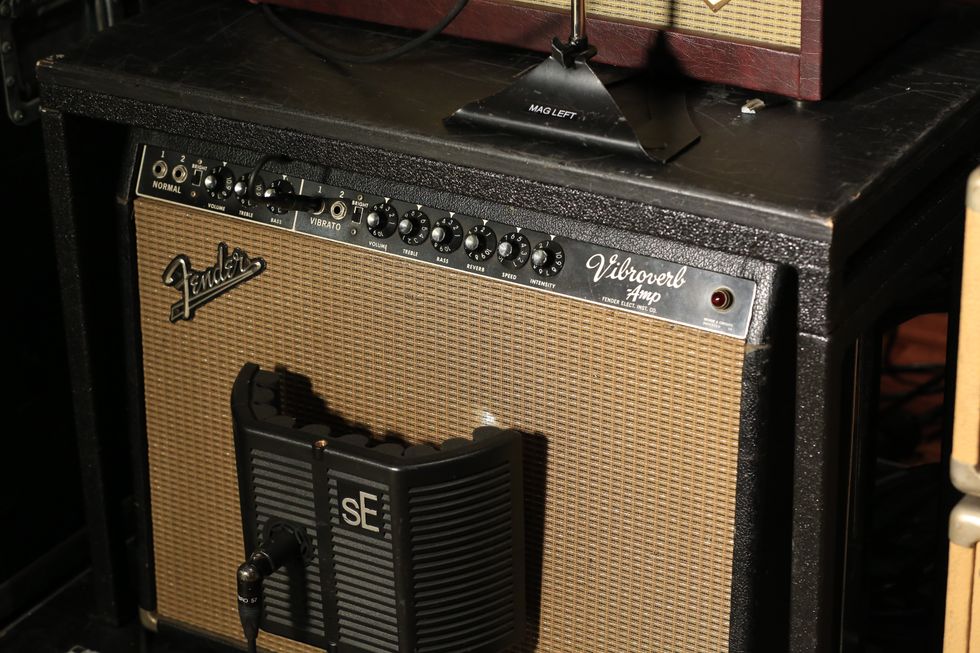
Stage right of the Dumble lives Isbell’s 1964 Fender Vibroverb with a “Diaz” mod (named SRV tech Cesar Diaz), which means they pulled the preamp tube in the vibrato channel. (For what it’s worth, this mod can be done to the normal channel, too. You just need to pull the V1 preamp instead.) The impact of the mod is summarized best by PG columnist Jens Mosbergvik on his Fenderguru site: “The other channel’s tube will be hotter biased and offers more gain. The amp will play louder than before given the same volume knob setting. The stronger signal will push the second gain stage (V4 tube) harder and give you increased sustain, compression and harmonics.” It has a 15" JBL speaker and was a Christmas gift from wife Amanda Shires.
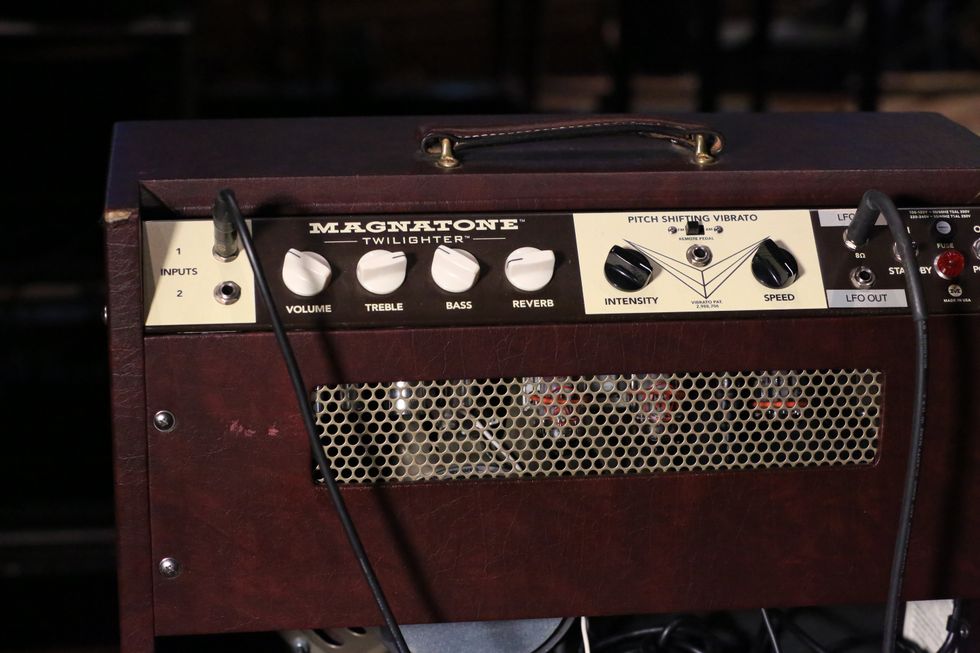
Above the Dumbles, Isbell runs two 22-watt Magnatone Twilighter Stereo 2x12 Combos in stereo. Not pictured is Isbell’s Fender ’59 Twin-Amp High-Powered Tweed 80 Watt, which sits stage left of the Dumble.

Along for the ride is this 1971 50-watt Marshall and a 1964 Marshall.
Effects Heaven
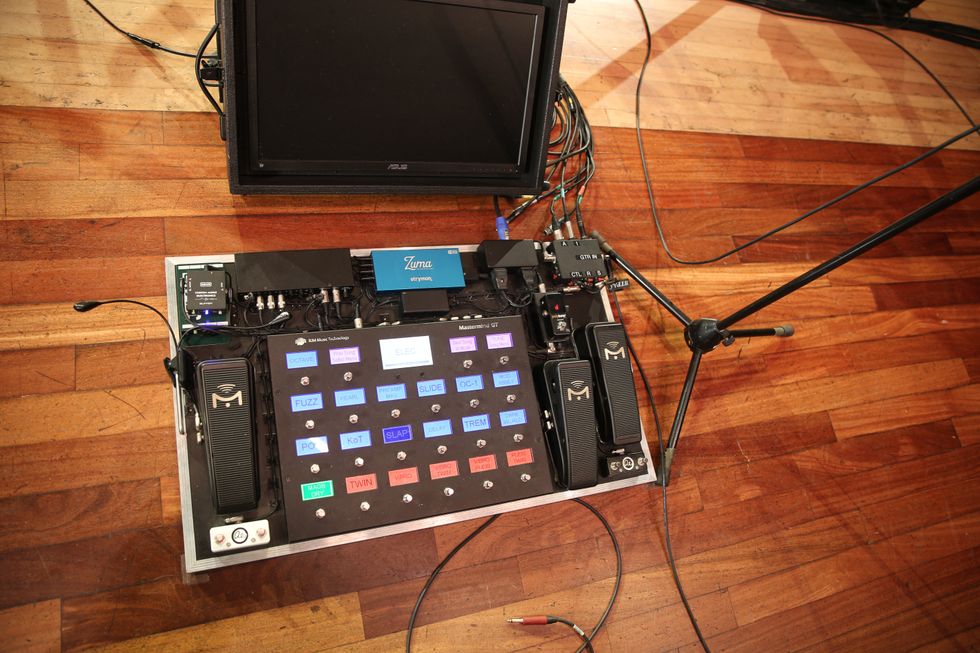
While many of the effects from Isbell’s 2019 Rundown are still in the rack, several have been removed and many have been added. Additionally, the rig can be used in a wet/dry/wet configuration (it toggles throughout the show), with the two Magnatones carrying the weight of any all-wet effects. Tech Michael Bethancourt points out, “The Magnatones we have are one of a kind, or three of a kind I guess. We wanted to retain the Magnatone vibrato we love, but I wanted it to pan between the two active amps. After some time spent speaking with Obeid Khan, someone who has worked closely with Magnatone for a long time, we came up with a plan to mod the amps in a way that would drag the vibrato through the stereo field. The LFO from one amp is ‘hijacked’ and sent to the other amp’s vibrato circuit in reverse phase, so when the vibrato is engaged via the expression pedal on the pedalboard, the vibrato pans from side to side. In the wet/dry/wet mode, that vibrato swirls up big reverbs or can be set to mimic the world’s goofiest ADT, lots of options there. In dry/dry mode, the vibrato is the classic pitch-shifting stuff that Magnatone has produced for years to great effect.”
On the floor, the pedalboard itself is a little different from last time. It’s a simpler layout now, no effects on board, just a PolyTune tuner, MXR Custom Audio Electronics buffer, his RHM Mastermind GT controller with expansion and a few Mission expression pedals. A Strymon Zuma delivers power.
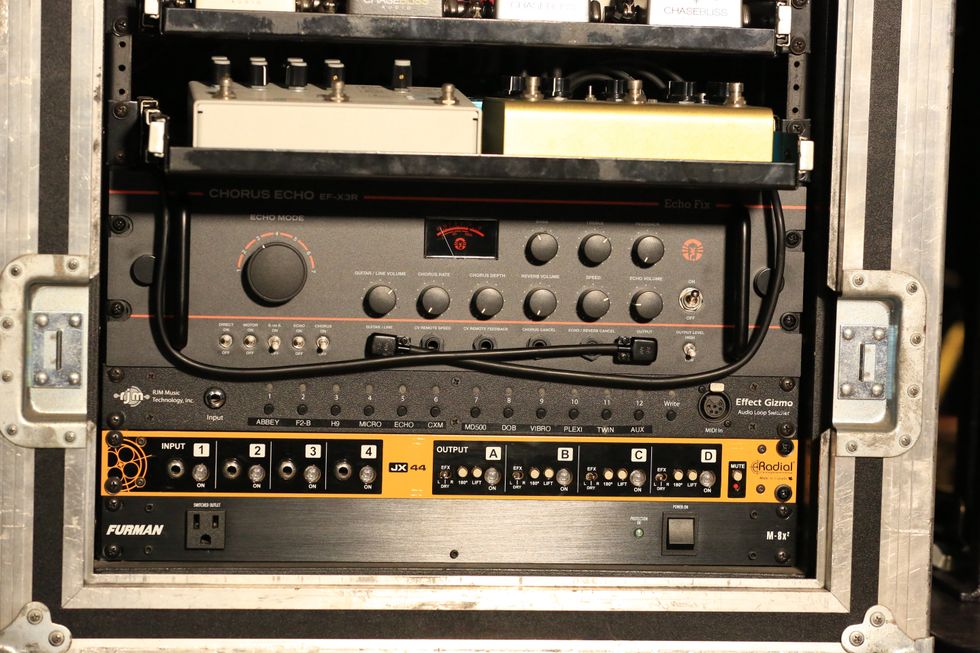
Also new to the rig is the Radial JX44v2, which serves as the core signal manager. If the RJM Mastermind is the brain, this is the beating heart. Above on the rack is an Echo Fix Chorus Echo EF-X3R.
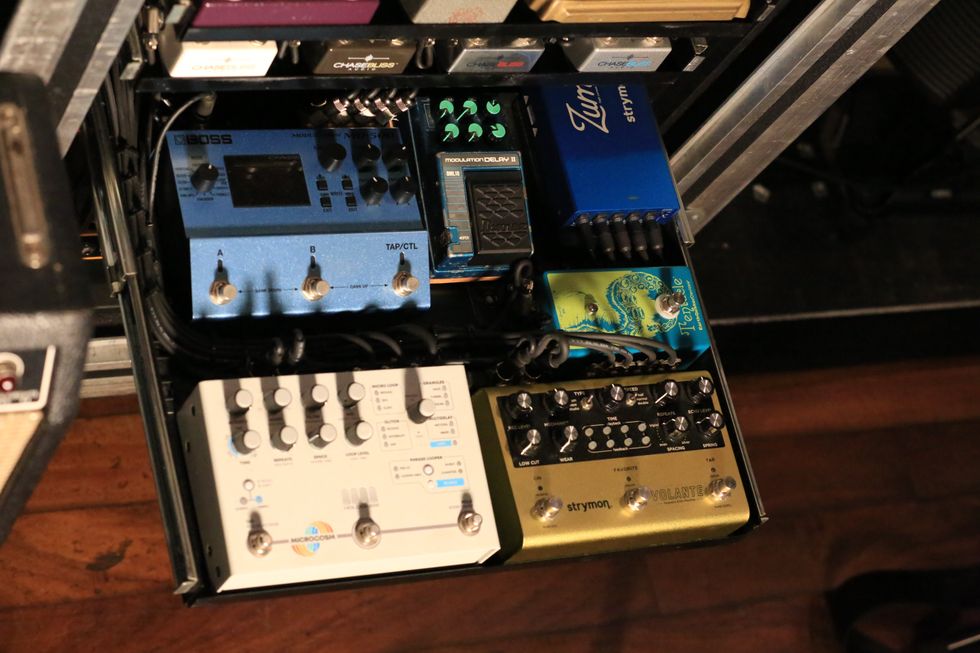
Moving up the rack, this drawer includes an Ibanez DML10 Modulation Delay II, Earthquaker Devices Tentacle, and a trio of stereo-field-only effects: Boss MD-500, Strymon Volante, Hologram Electronics Microcosm.
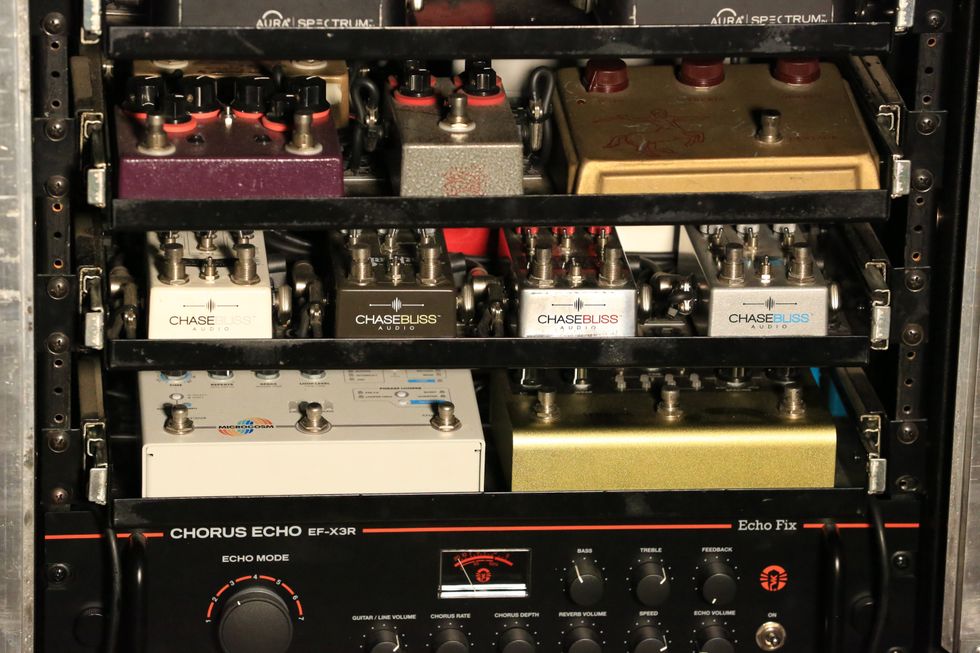
Continuing upward, Isbell’s stash includes a Chase Bliss Preamp Mk II, Chase Bliss Tonal Recall Delay, Chase Bliss Dark World Reverb, Chase Bliss Condor EQ/Filter, Chase Bliss Gravitas Tremolo, Chase Bliss CXM-1978 Reverb (stereo-field only), Keeley 30ms, gold Klon Centaur, Analog Man Sun Lion Fuzz/Treble Booster, Analog Man King of Tone with four-jack mod, Keeley four-knob CompROSSor, Pete Cornish OC-1 Optical Compressor, EHX Micro POG, AnalogMan ARDX20 Delay, and a trio of Fishman Aura Spectrum DIs.
Sadler Vaden's Acoustic Duo
Sadler tours with two acoustics: his tried-and-true Gibson SJ-200 and a Gibson Murphy Lab Hummingbird. Both have LR Baggs Anthem pickups and run Martin .012s.
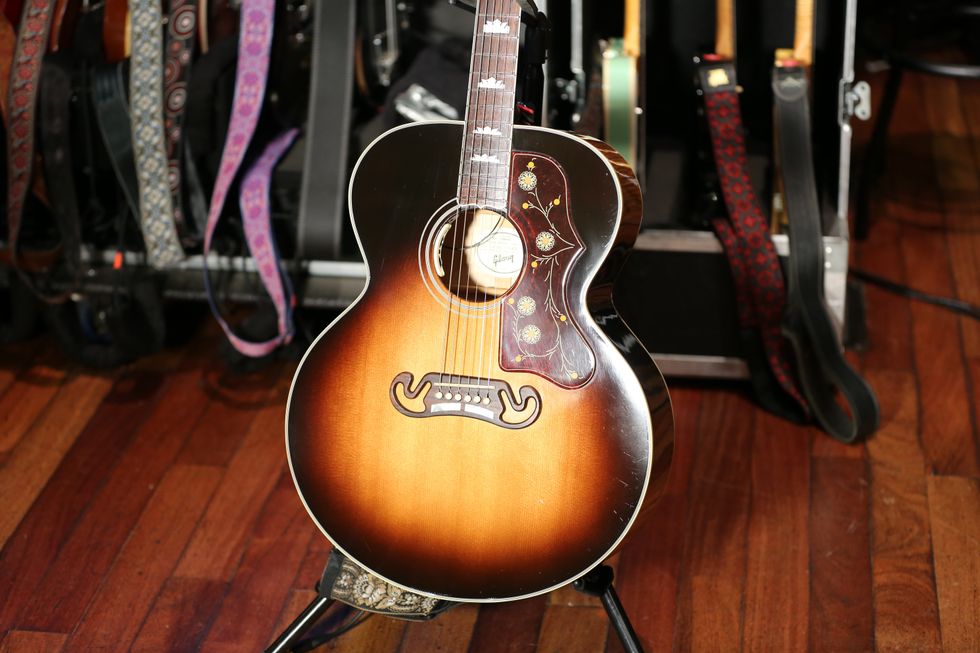
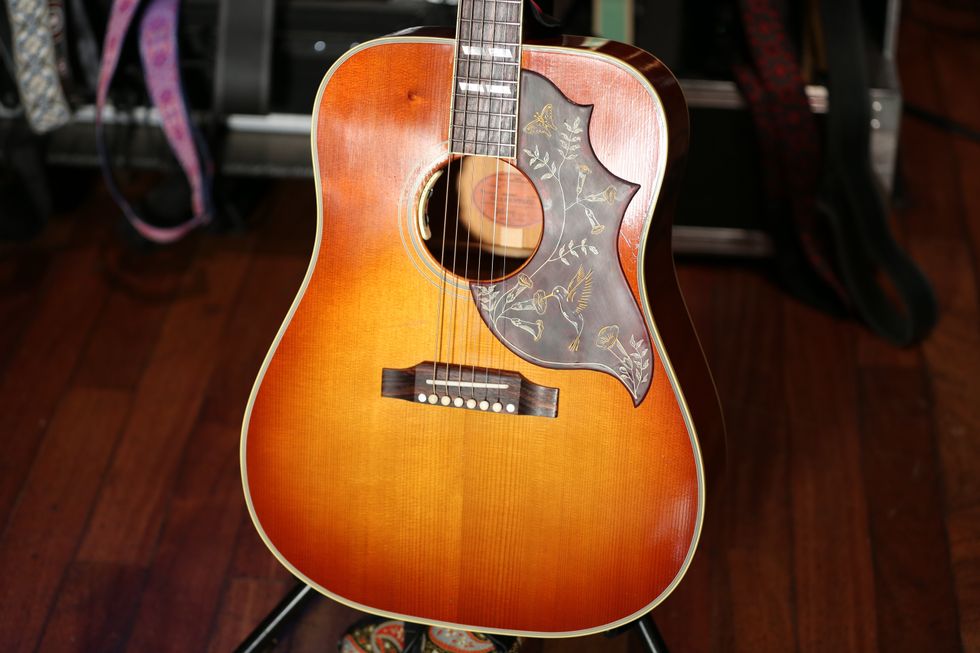
Tele Trio, Strat Stash, a Glut of Gibsons, and a Rick
Sadler travels with three Telecasters: a Mexico-built black Tele Custom has Fralin pickups and lives in open G tuning, his Custom Shop seafoam Tele features a Glaser Bender and sports Lollar Special T pickups, and his blonde Tele features Fender Twisted Tele pickups.
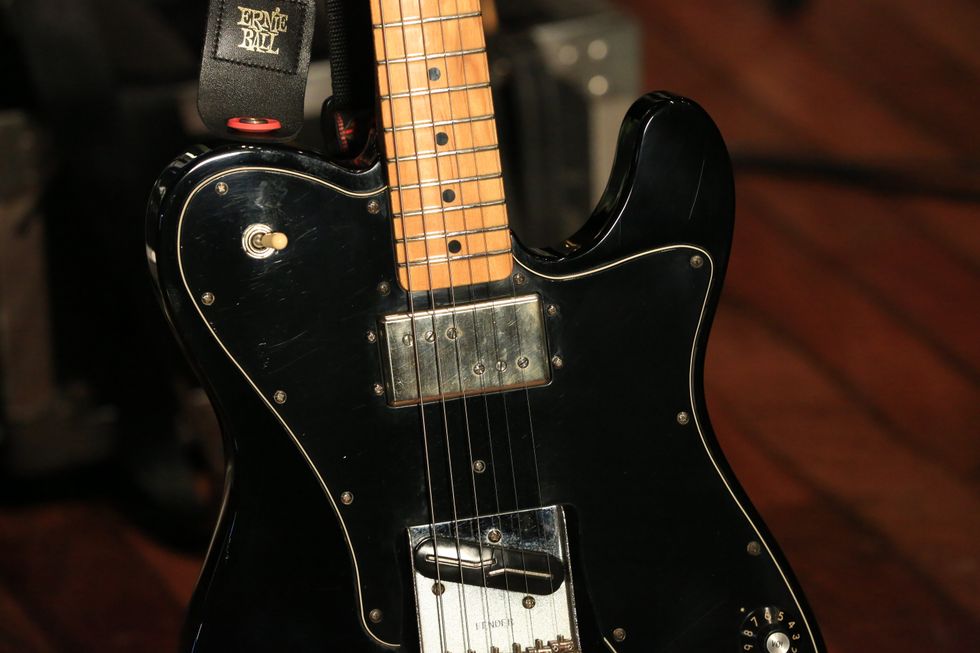
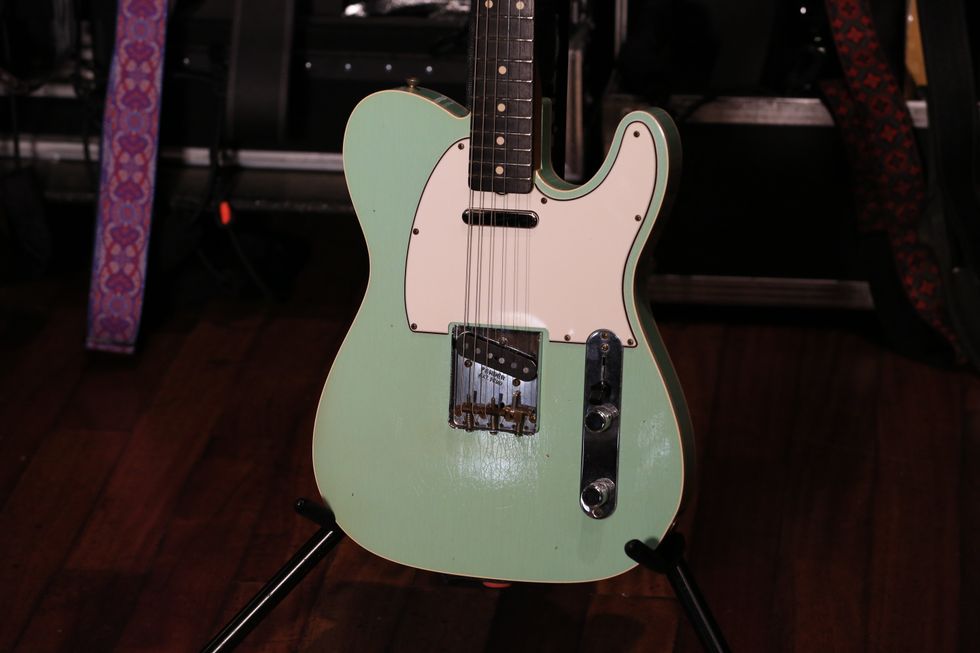
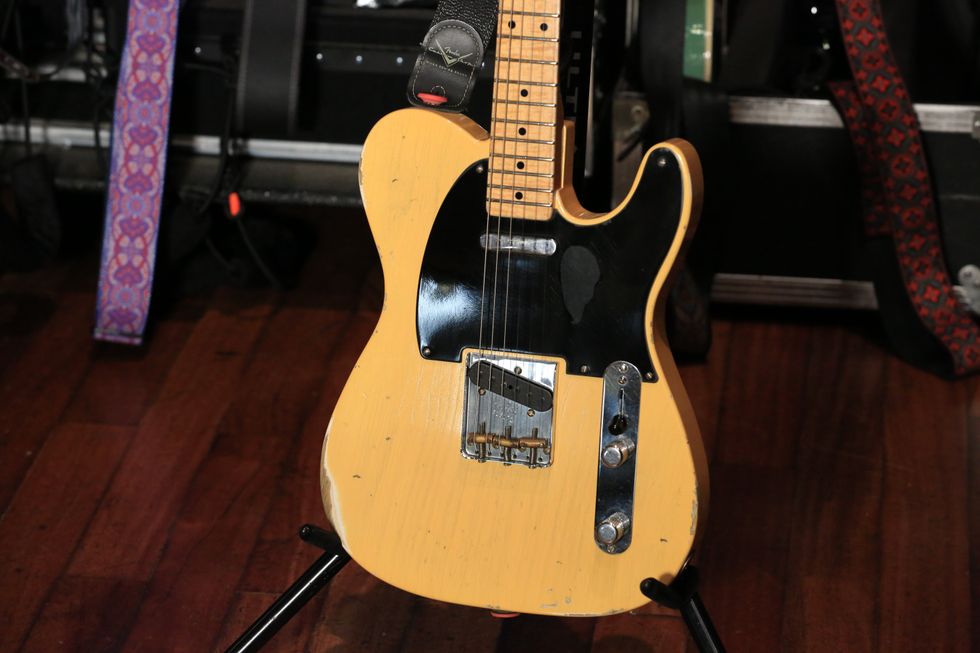
Two Strats are along for the ride. The white Strat has a Japanese body and American neck with Seymour Duncan Psychedelic Strat pickups, and the red is Jason’s 1965.
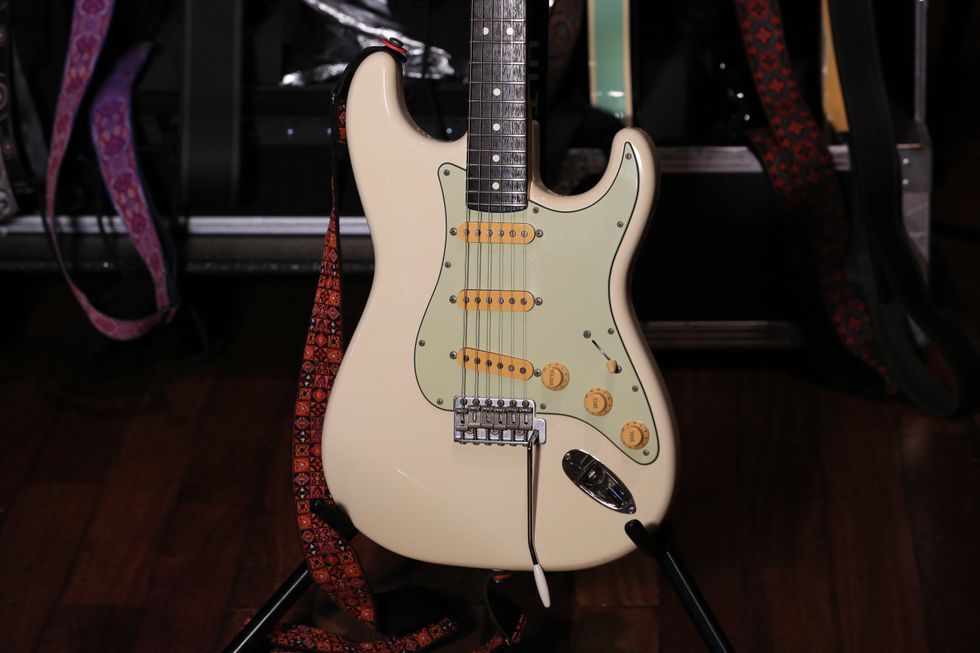
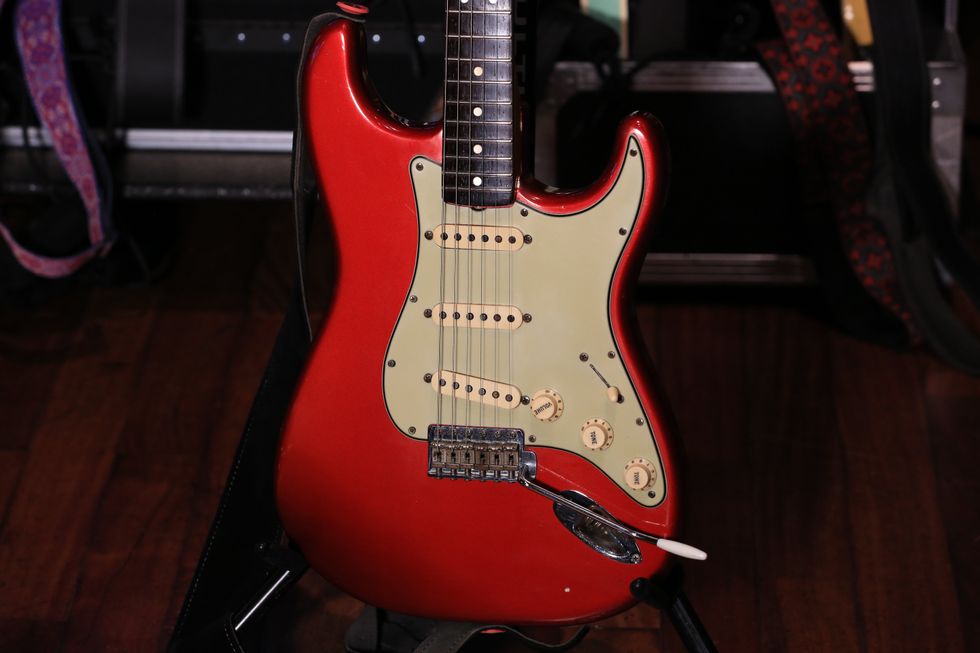
His stunning duo of SGs consist of a cherry red ’63, loaded with Seymour Duncan High Voltage pickups, and his long-time favorite, whcih features a Duncan ’59 in the neck, a Pearly Gates in the bridge, and the caps have been replaced with orange drops.
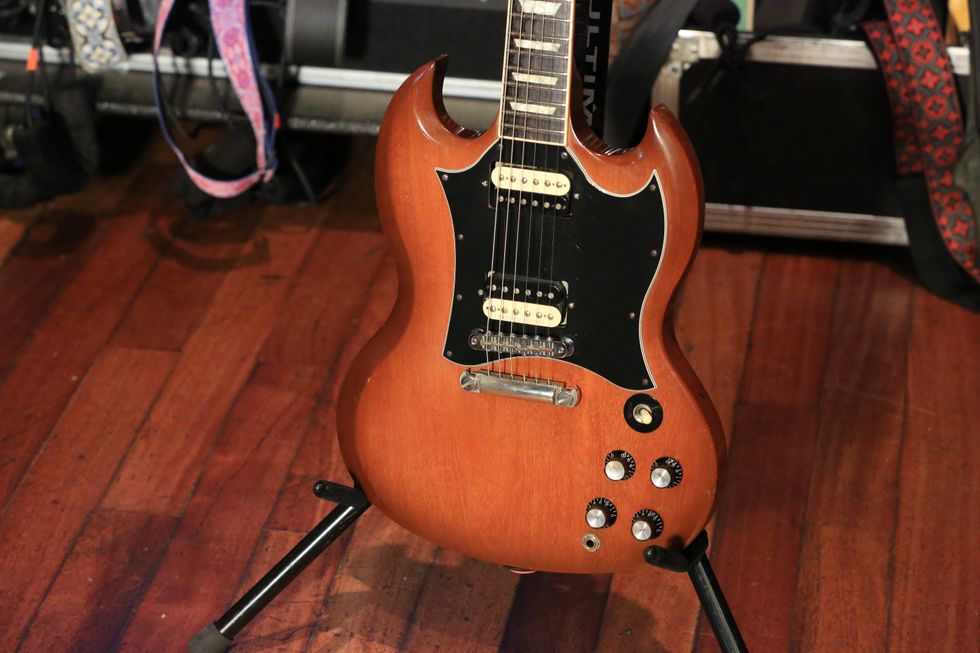
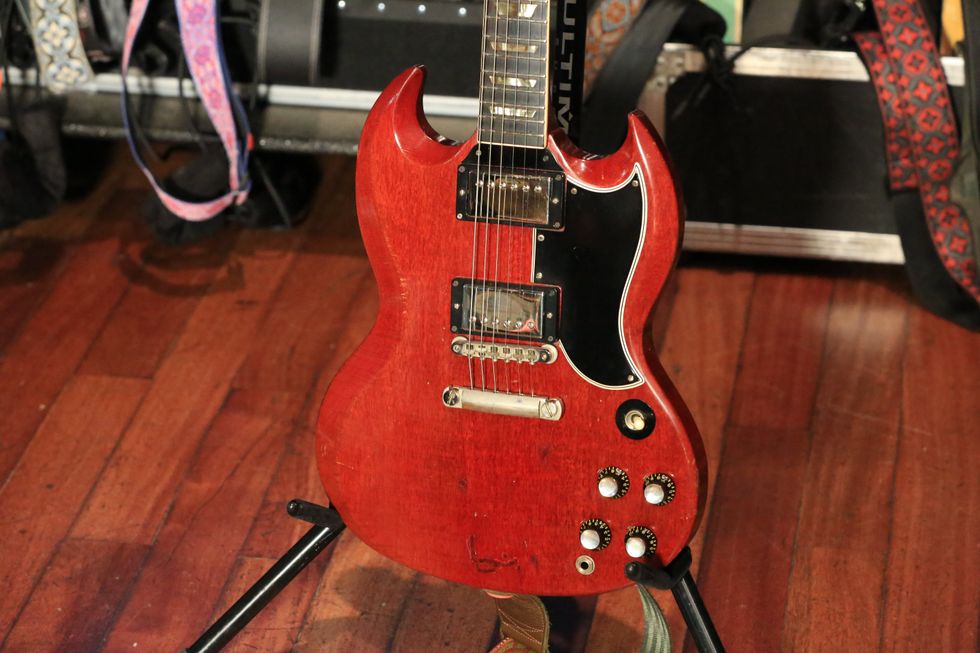
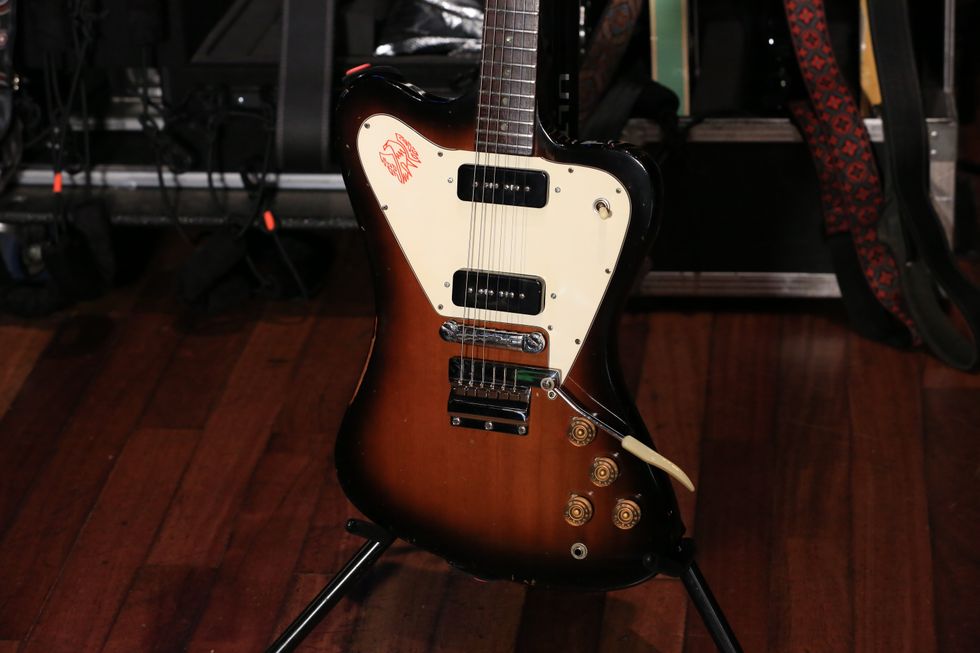
Sadler picked up this 1968 non-reverse Firebird this year, and it’s all original as far as we know.
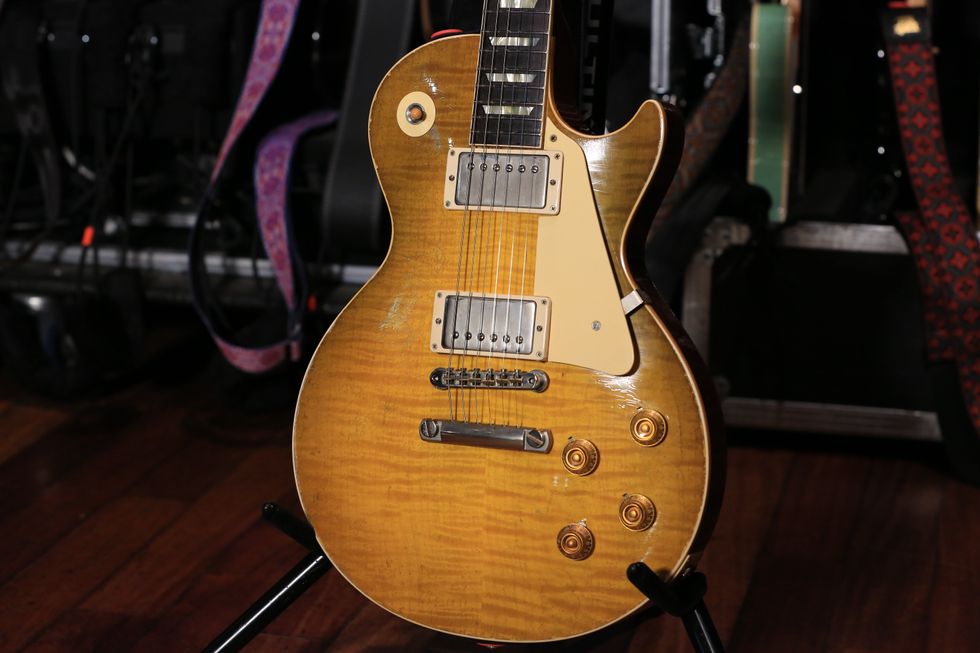
On the rockers, like “Honeysuckle Blue” and “Deathwish,” Sadler reaches for his all-stock Murphy Lab Les Paul Standard. All of his electrics wear Ernie Ball .010s. Sadler uses Dunlop .88s for picks and Dunlop Blues Bottles for slide.
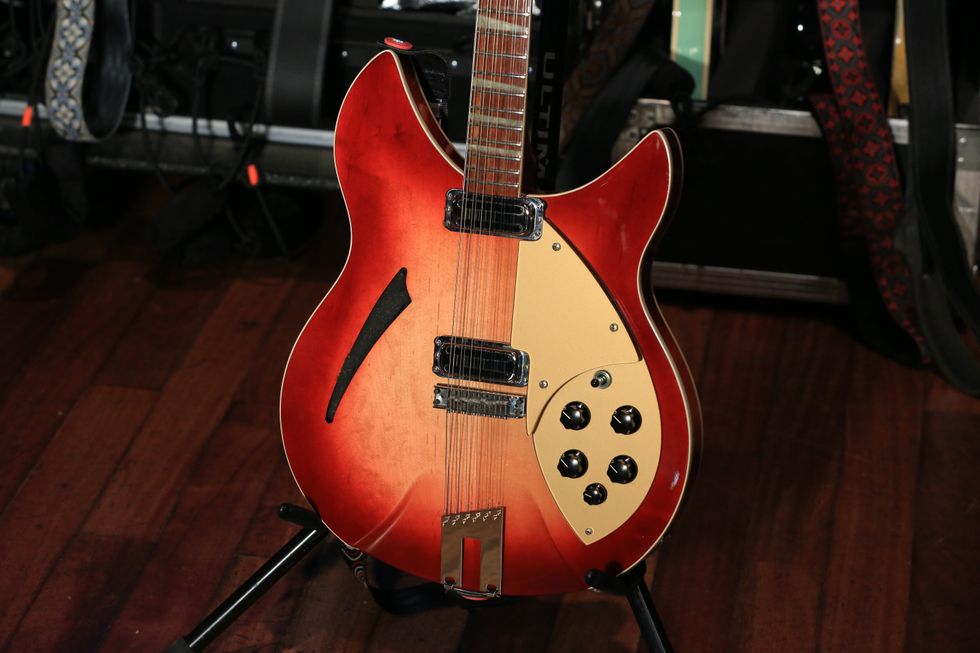
Finally, here’s Sadler’s 1992 12-string Rickenbacker 360-12.
Amp Duo—and More
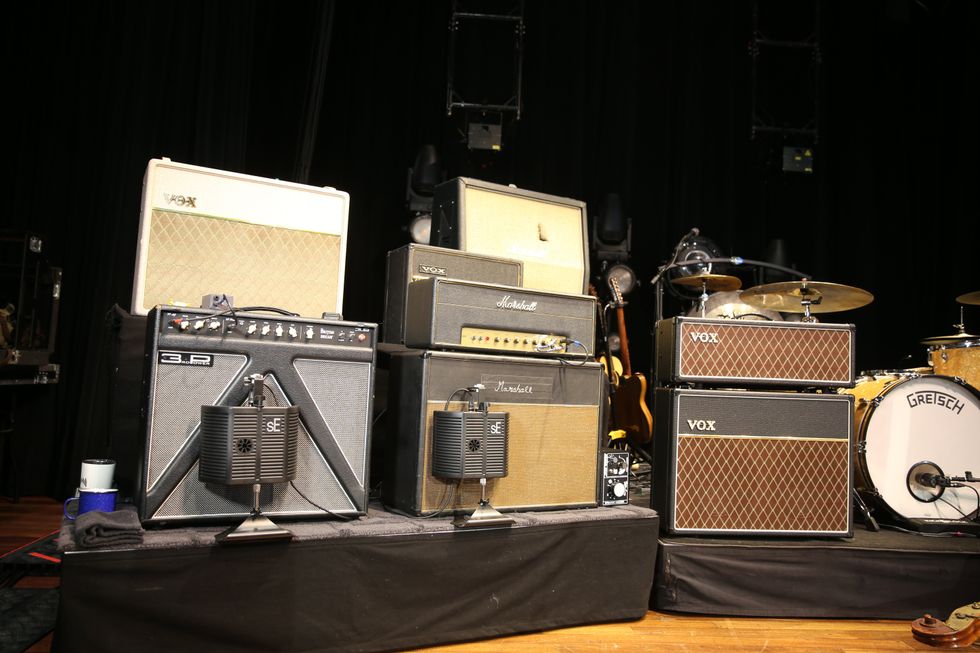
Sadler runs a more svelte (it’s all relative!) two-amp rig. At stage left is a black flag-era Marshall plexi head into a Craigslist-find, 2x12 cab with Celestion Vintage 30s. The plexi is attenuated with a Weber MASS 200. At stage right sits a 3rd Power British Dream combo with a Celestion Alnico Gold 12" speaker. Sadler also carries a ’60s Vox Pacemaker and a Vox AC30HW, which are on stage but primarily there as backups. Occasionally the Pacemaker gets the call for more stage volume and flavor.
Pedal Posse
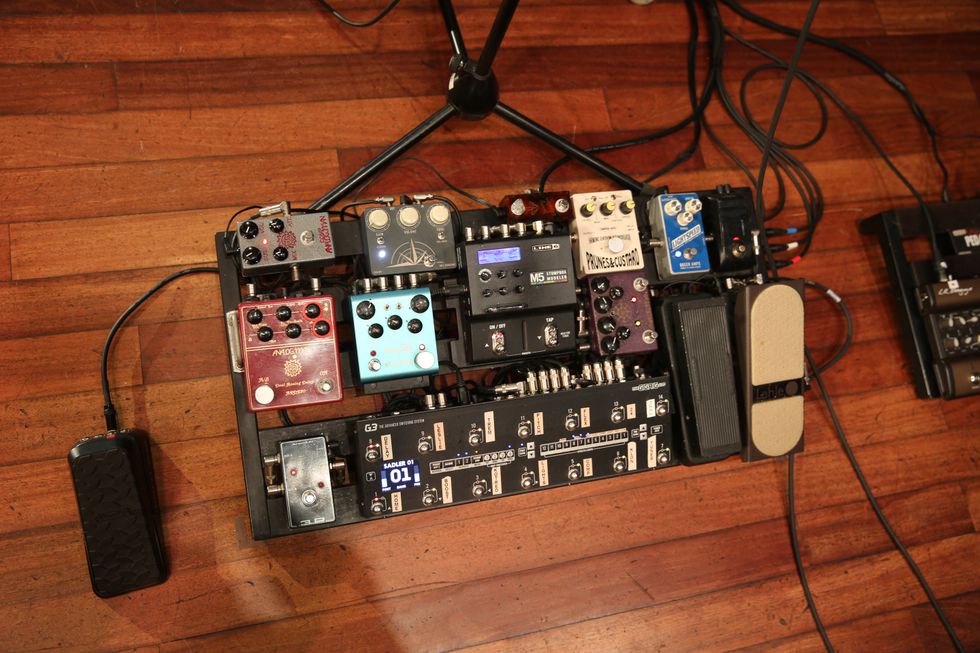
Vaden’s pedalboard chain starts with a Dunlop Clyde McCoy Wah, then a Lehle volume pedal, which feeds the Gig Rig. Vaden has a few patches setup for songs like “24 Frames,” which save him from tap dancing too much, but he mainly works it like an old-school board. He uses a Line 6 M5 with a Dunlop expression pedal for a lot of his modulation effects. Other pedals include a Crowther Prunes & Custard, Nordvang No.1, and an Analog Man Dual Analog Delay, Comp, and King of Tone, a Strymon BlueSky, and a Greer Lightspeed. Every effect is isolated into the Gig Rig. The board has four outputs, two for each side of the British Dream, one for the plexi, and one that goes to an aux line and splits to the Pacemaker.
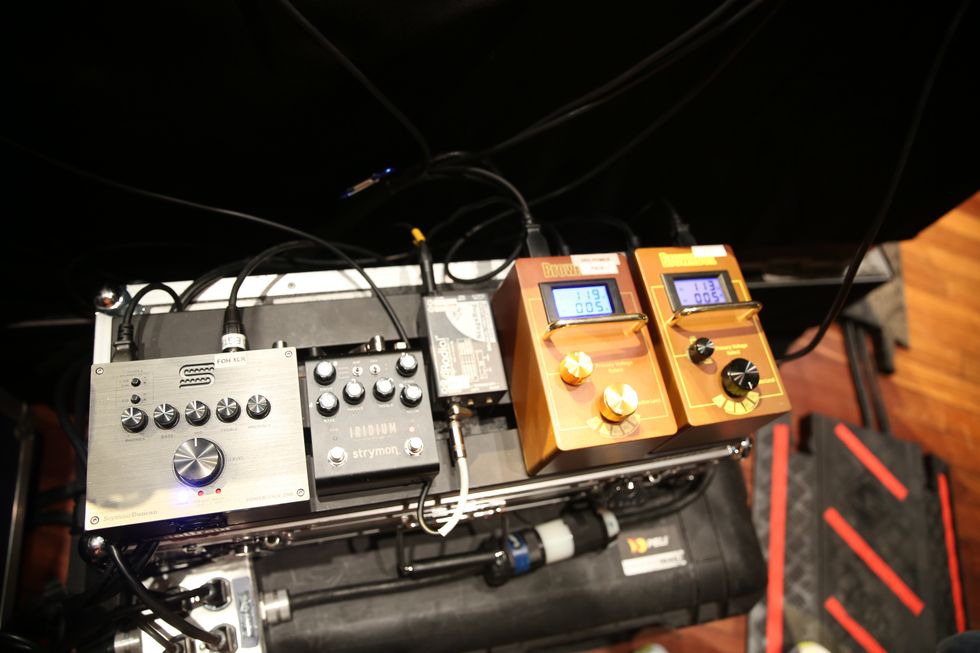
The aux line serves as a backup in case Sadler’s amps go down. It consists of a Strymon Iridium into a Seymour Duncan Power Stage that goes to FOH.
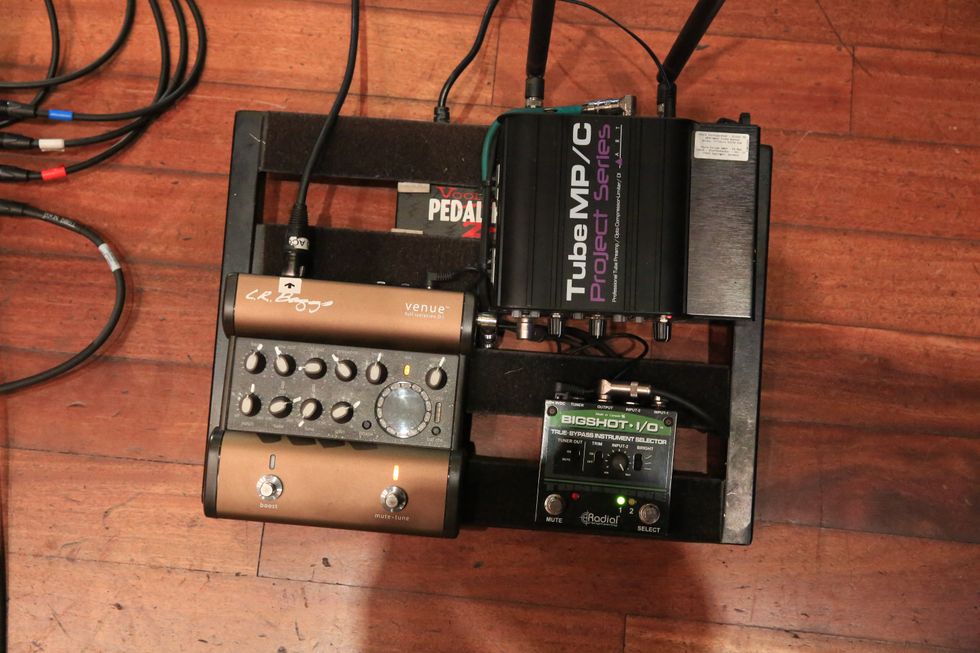
Sadler’s acoustic pedalboard consists of a Shure wireless running into an ART Tube MP/C preamp into a LR Baggs Venue DI, with a Radial Engineering Bigshot selector.
![Rig Rundown: Jason Isbell & Sadler Vaden [2024]](https://www.premierguitar.com/media-library/rig-rundown-jason-isbell-the-400-unit-with-sadler-vaden-2024.jpg?id=51106877&width=1200&height=675)


![Devon Eisenbarger [Katy Perry] Rig Rundown](https://www.premierguitar.com/media-library/youtube.jpg?id=61756312&width=1245&height=700&quality=50&coordinates=0%2C0%2C0%2C0)
